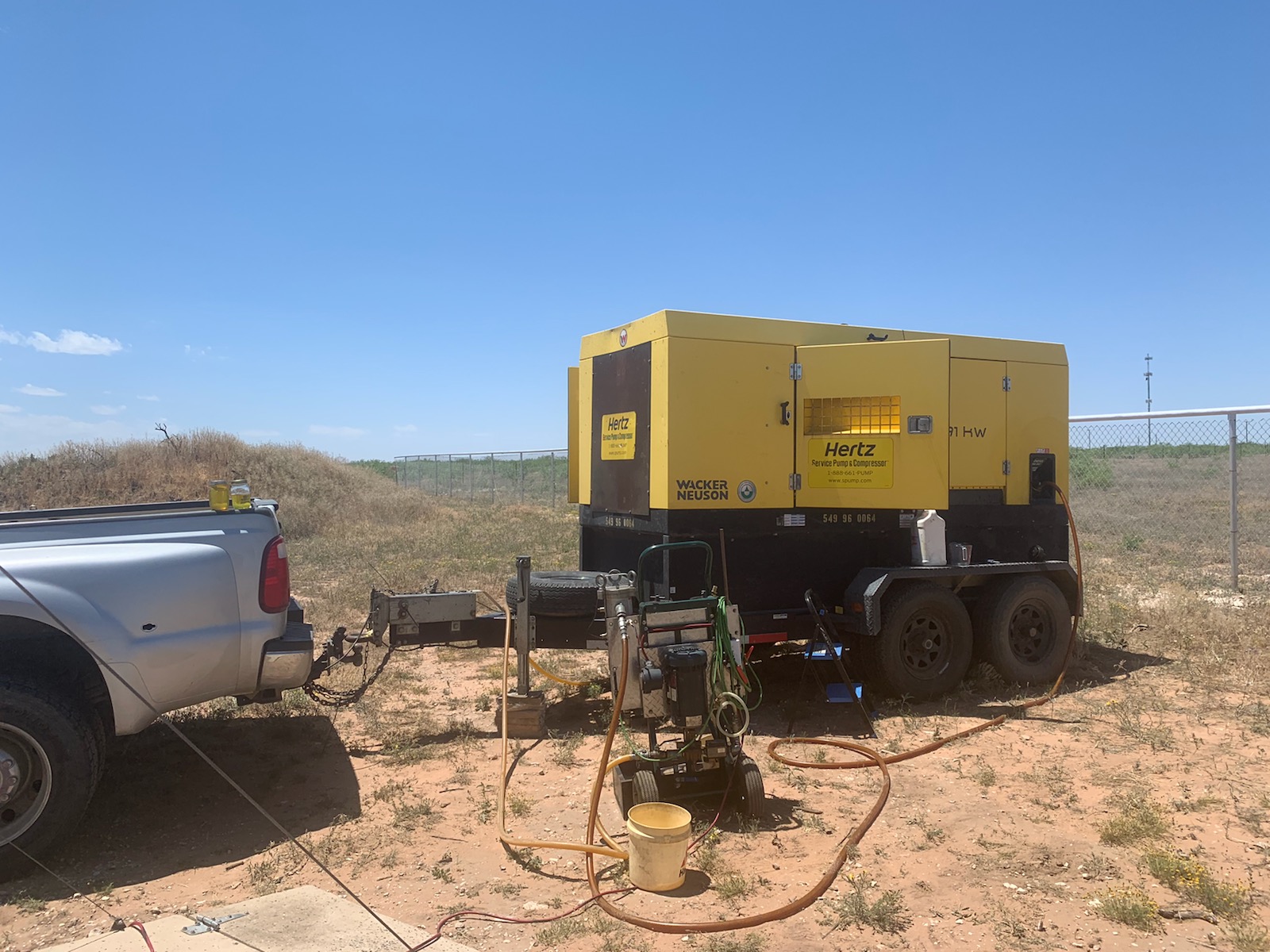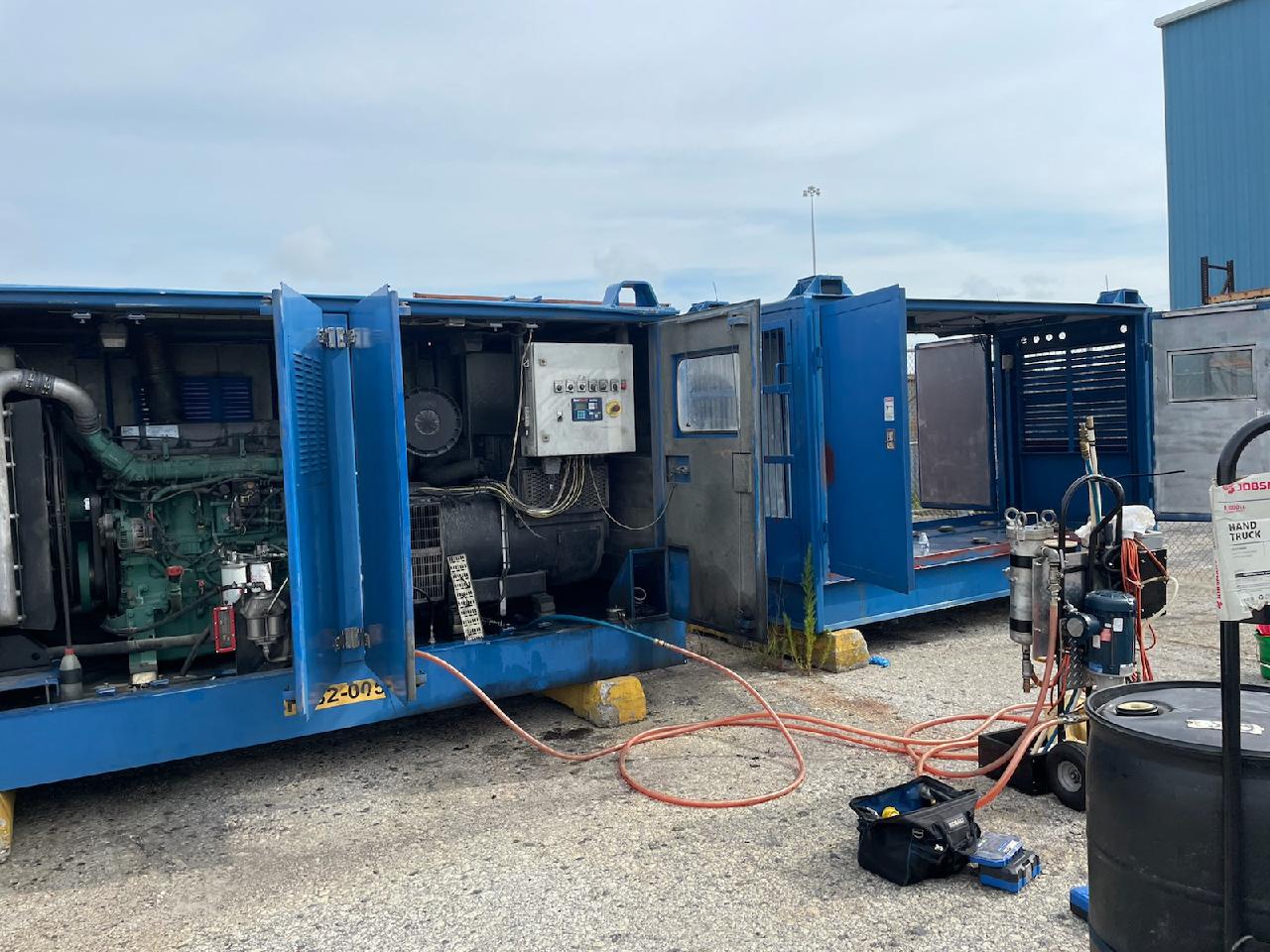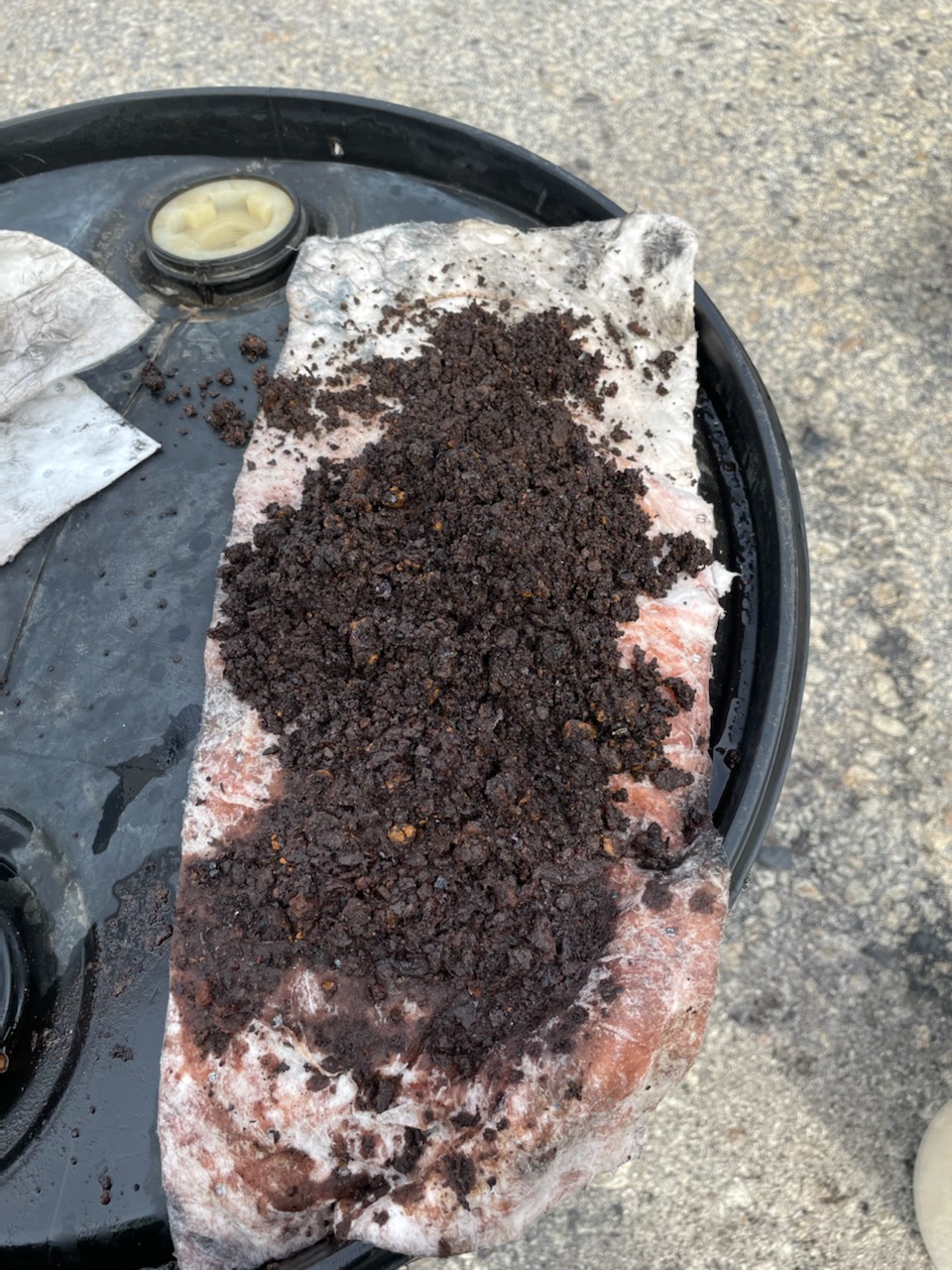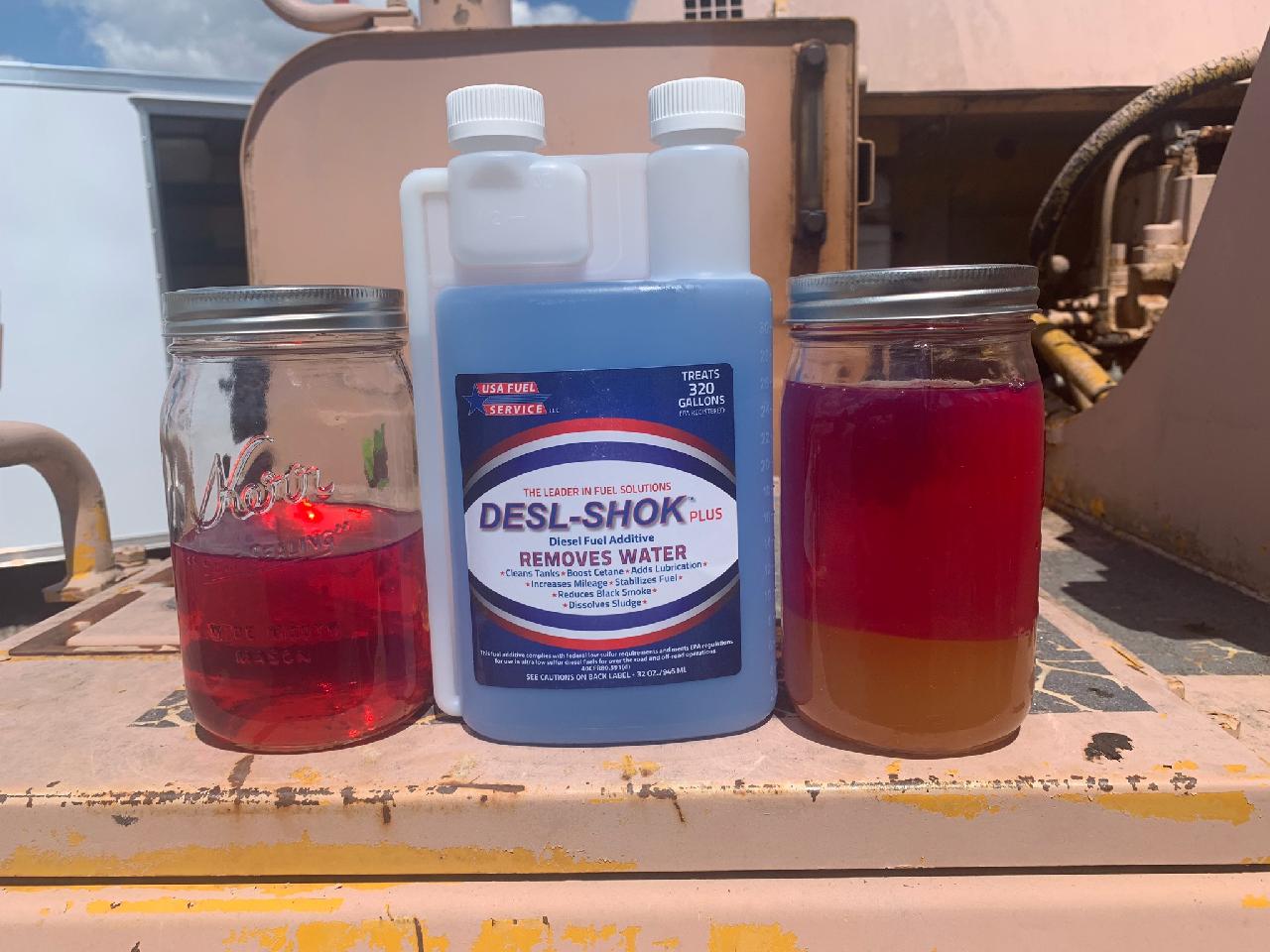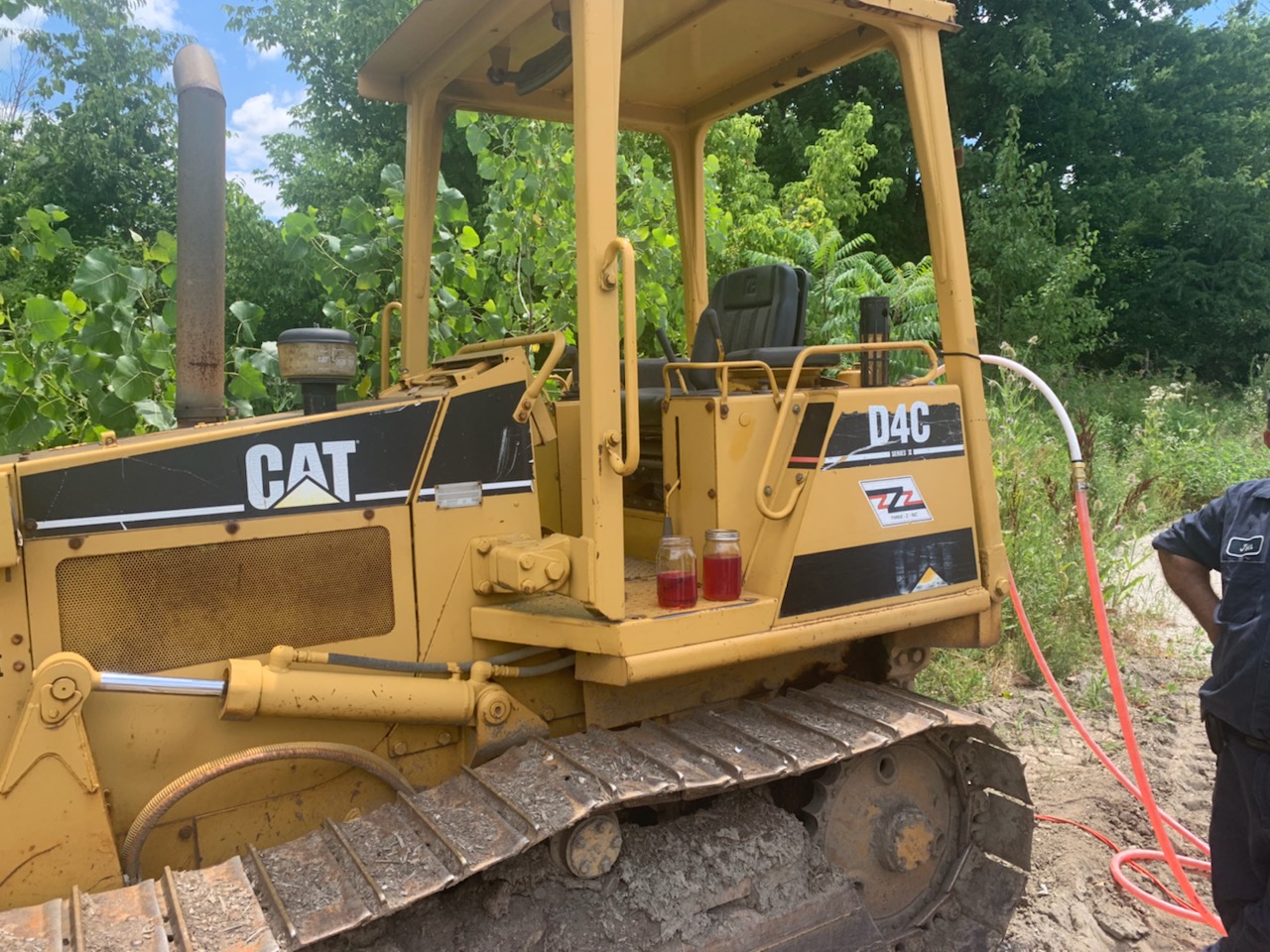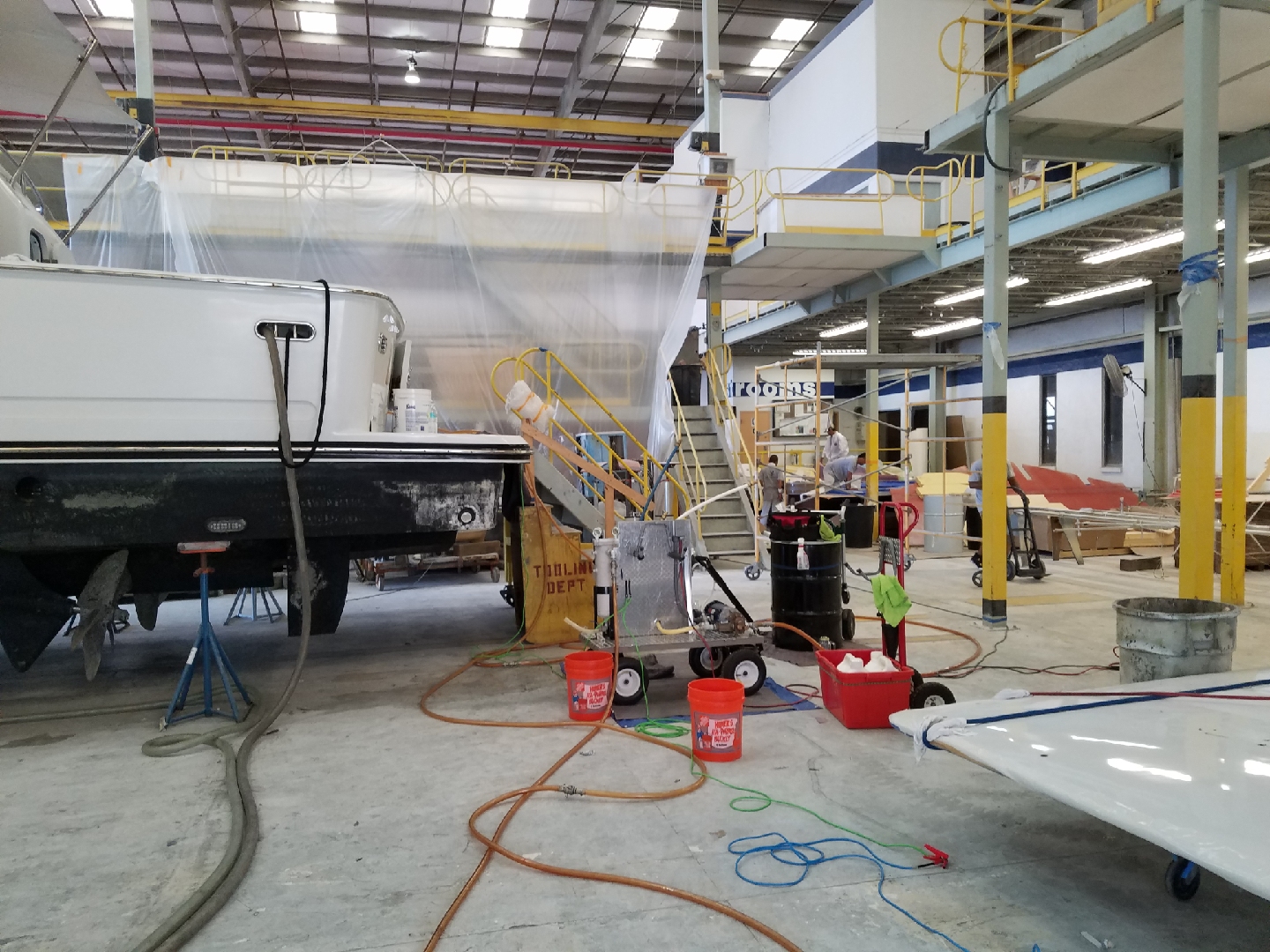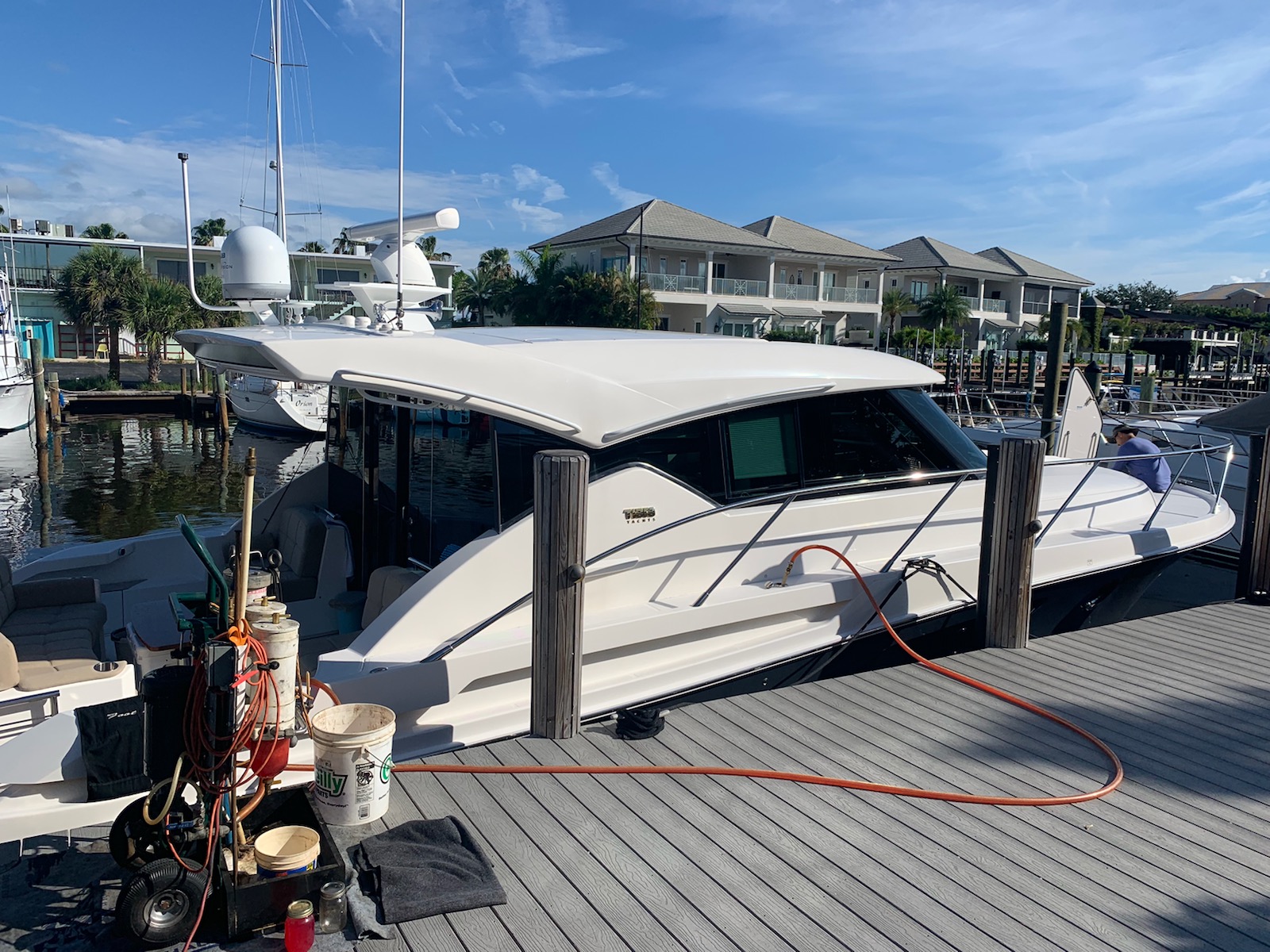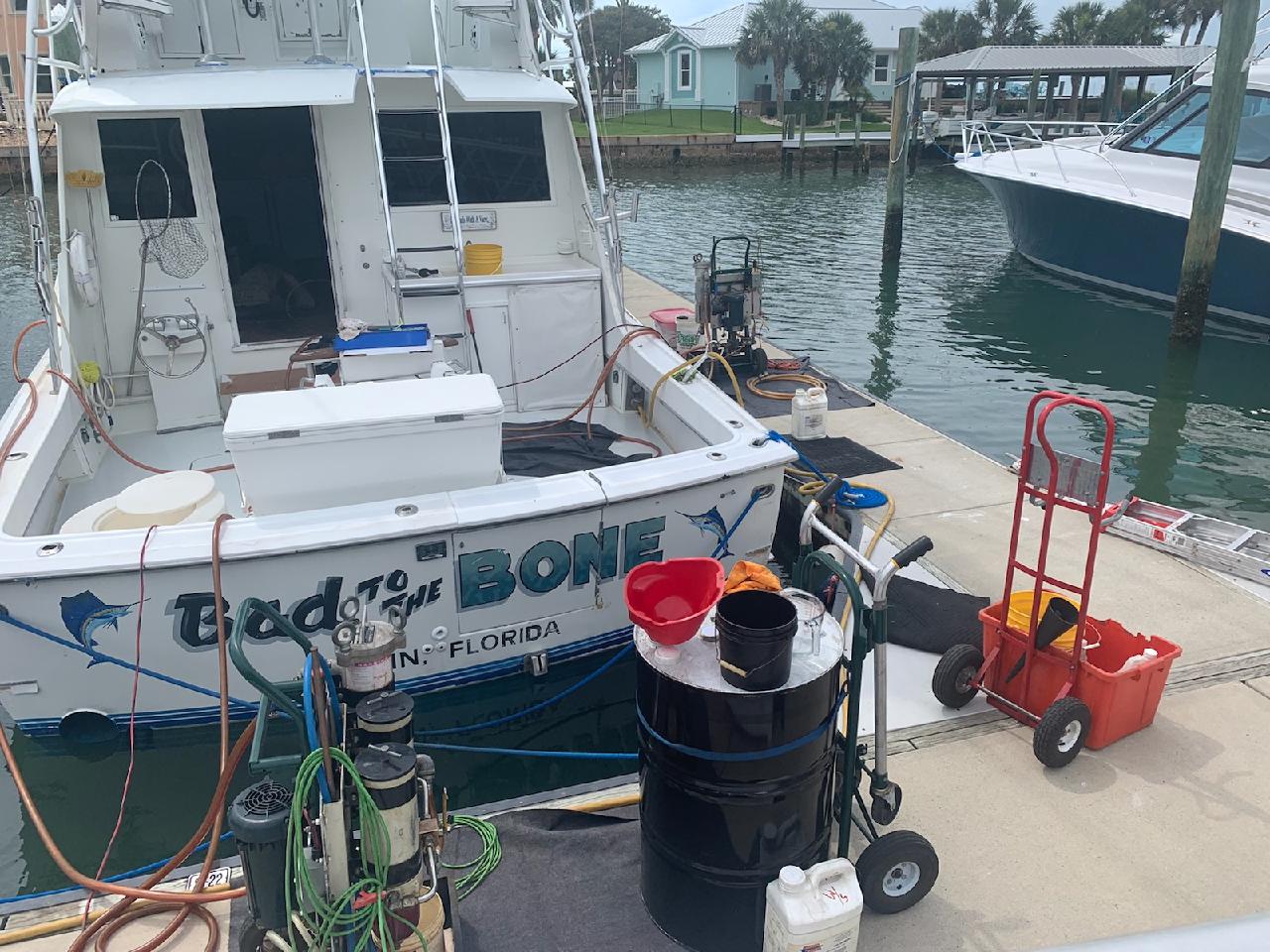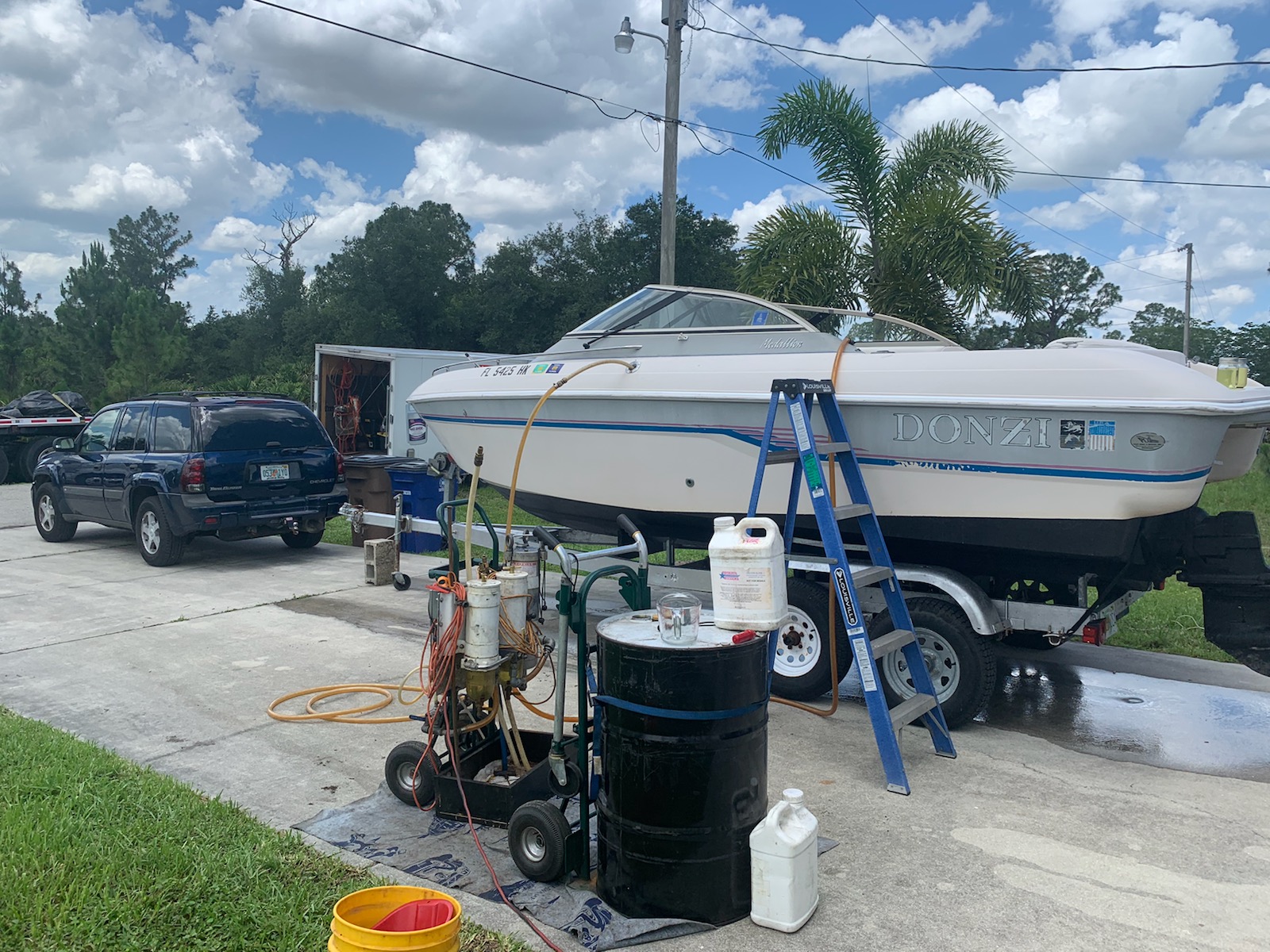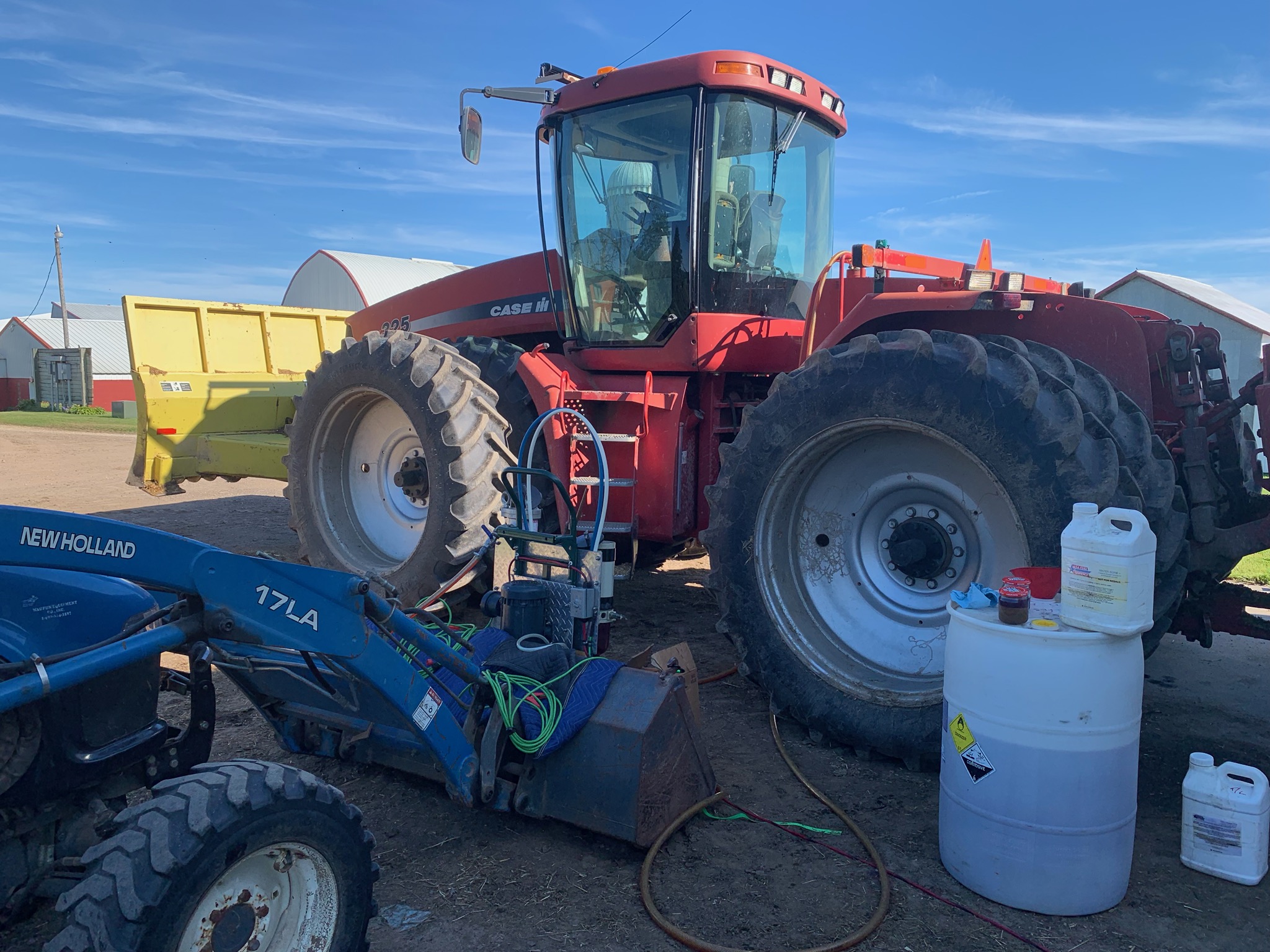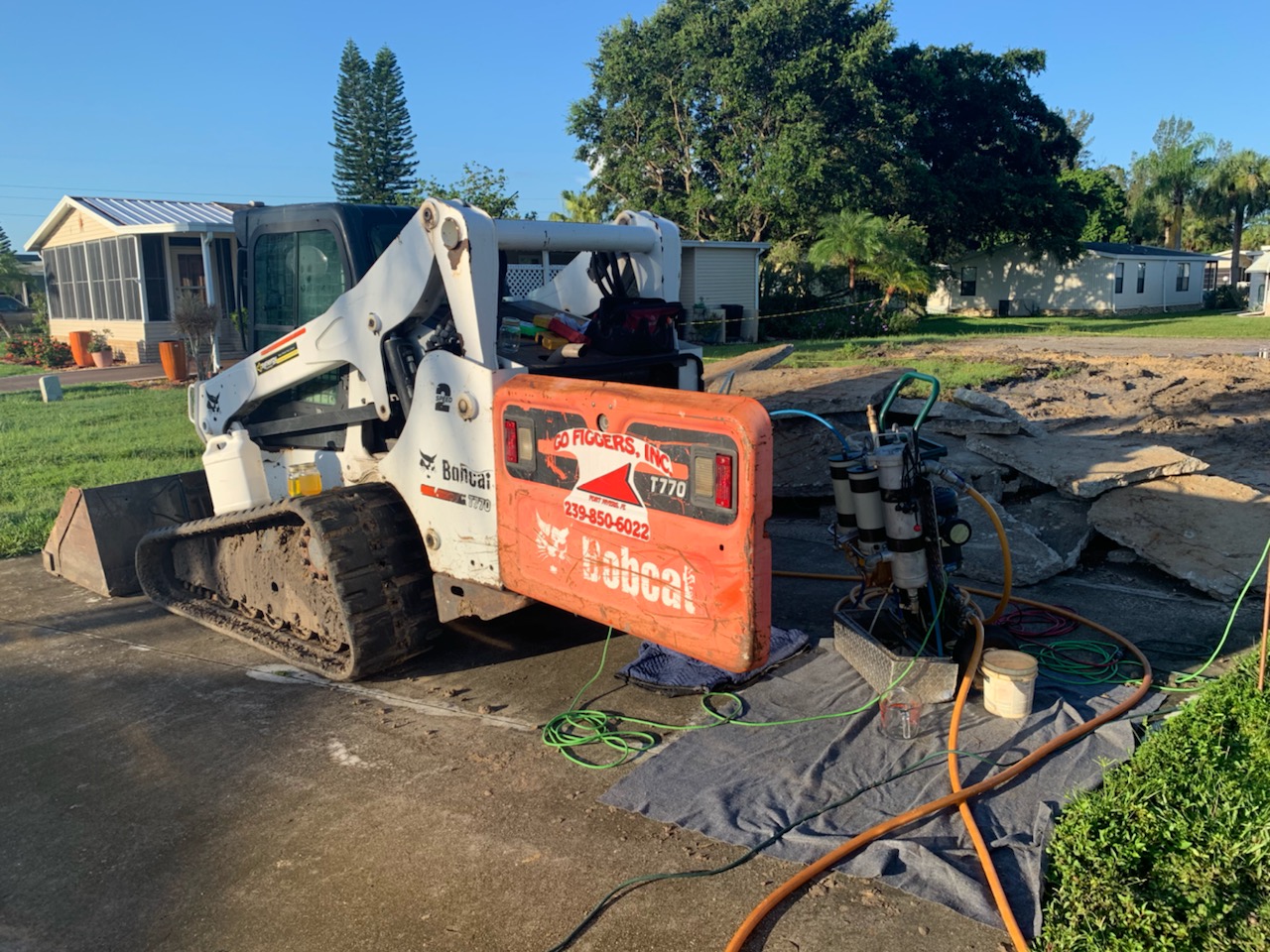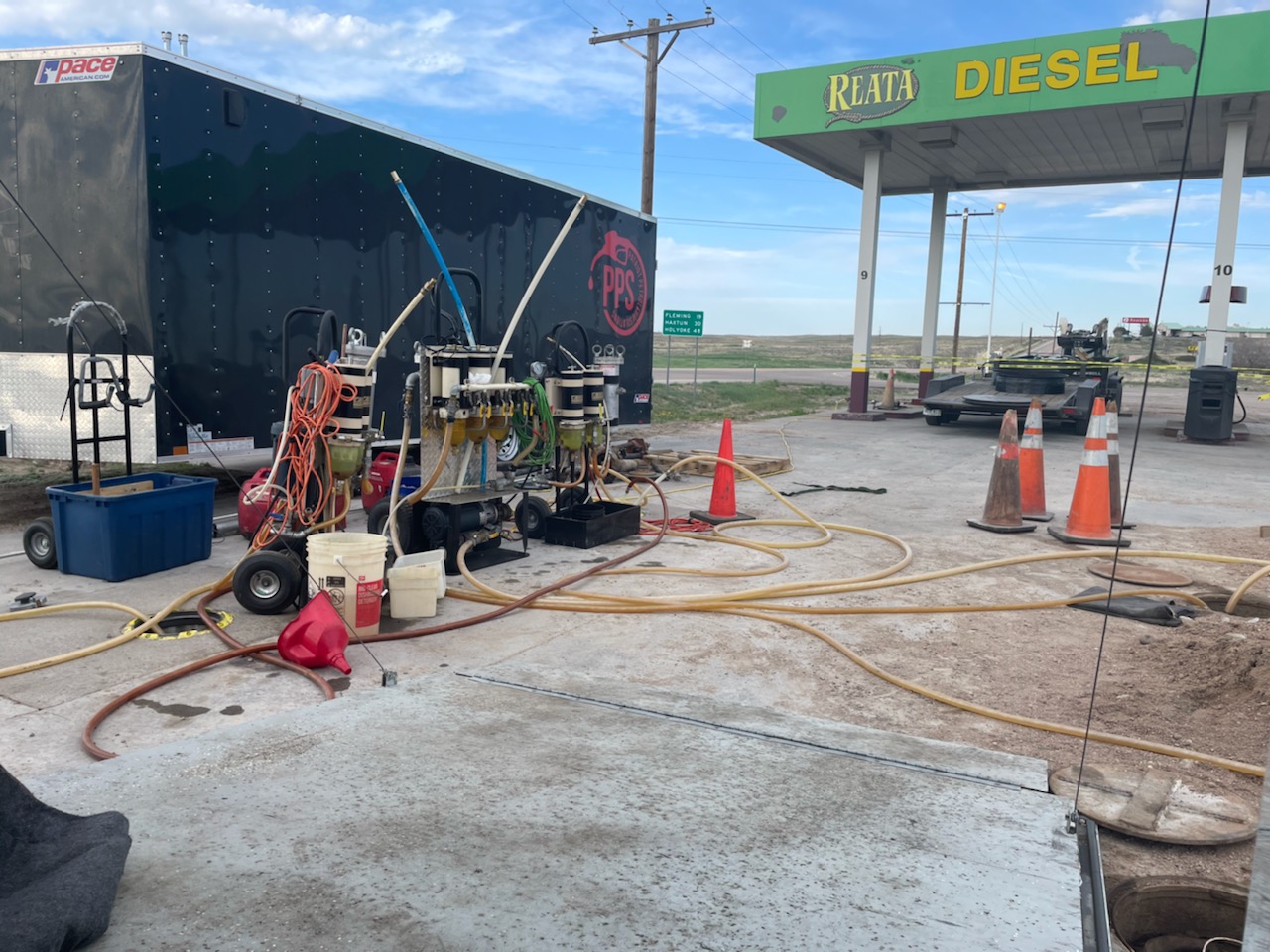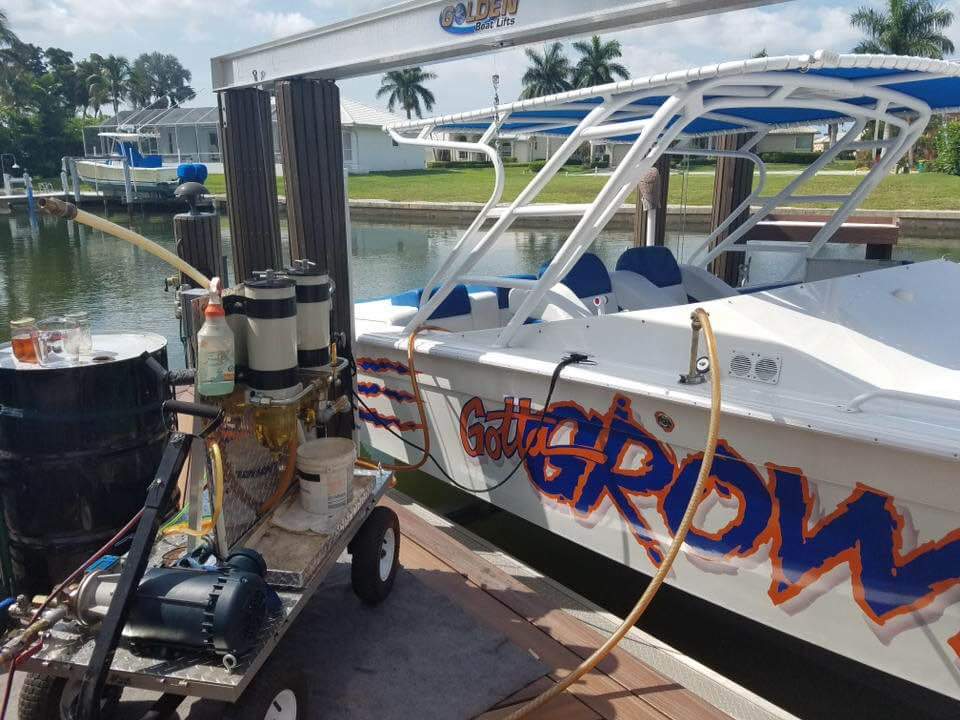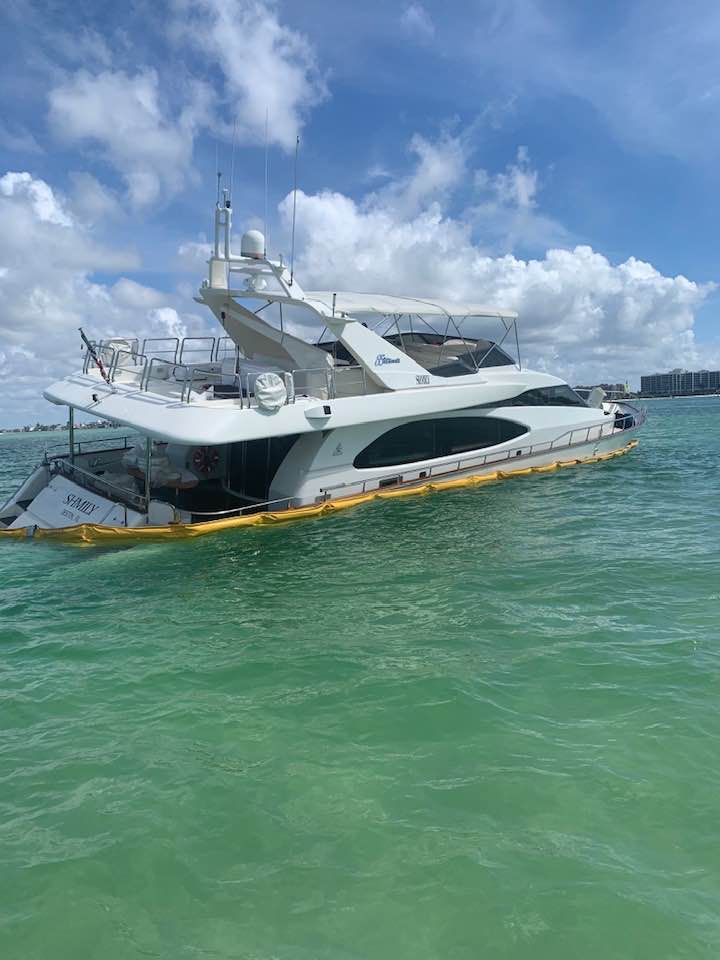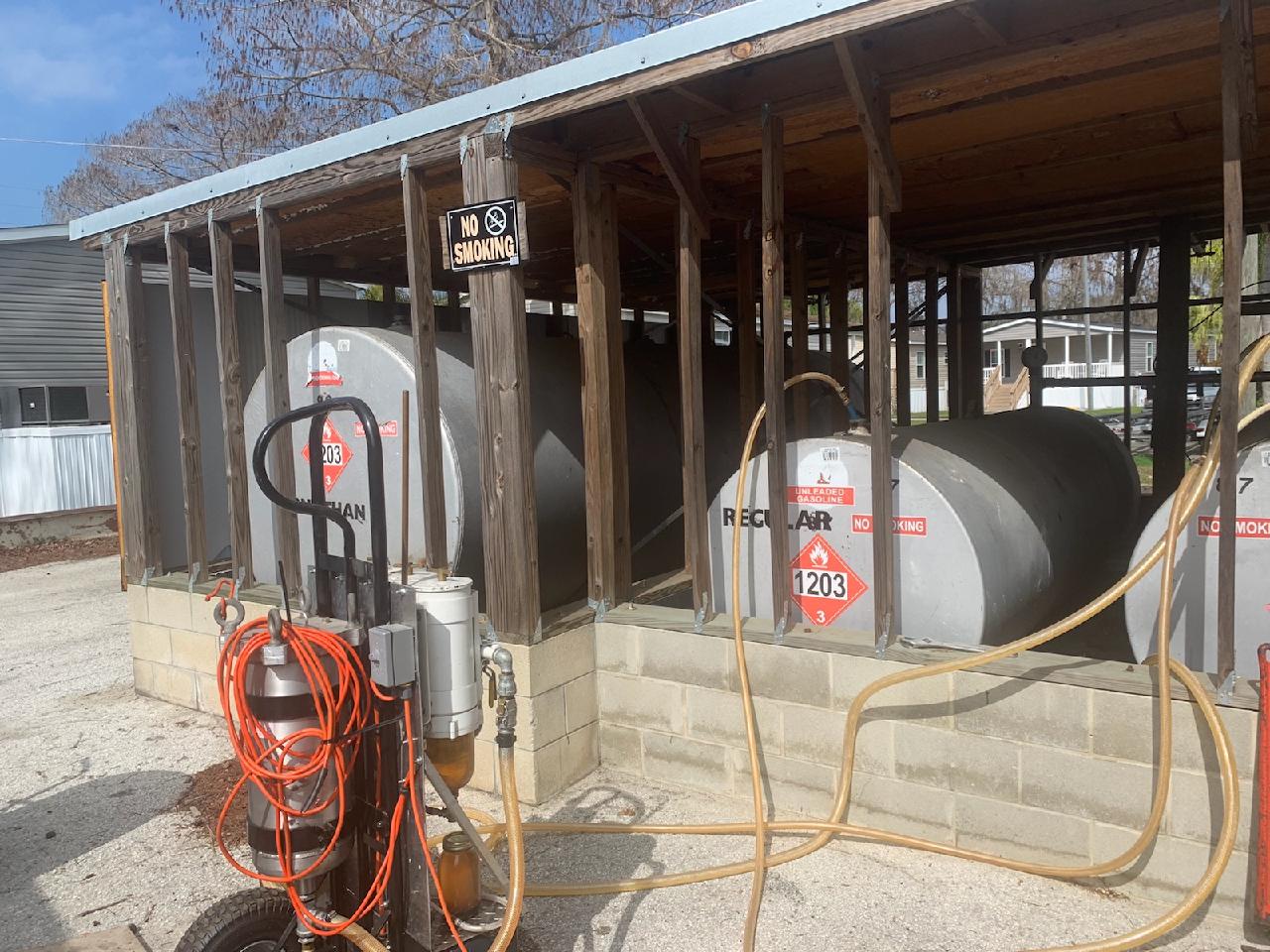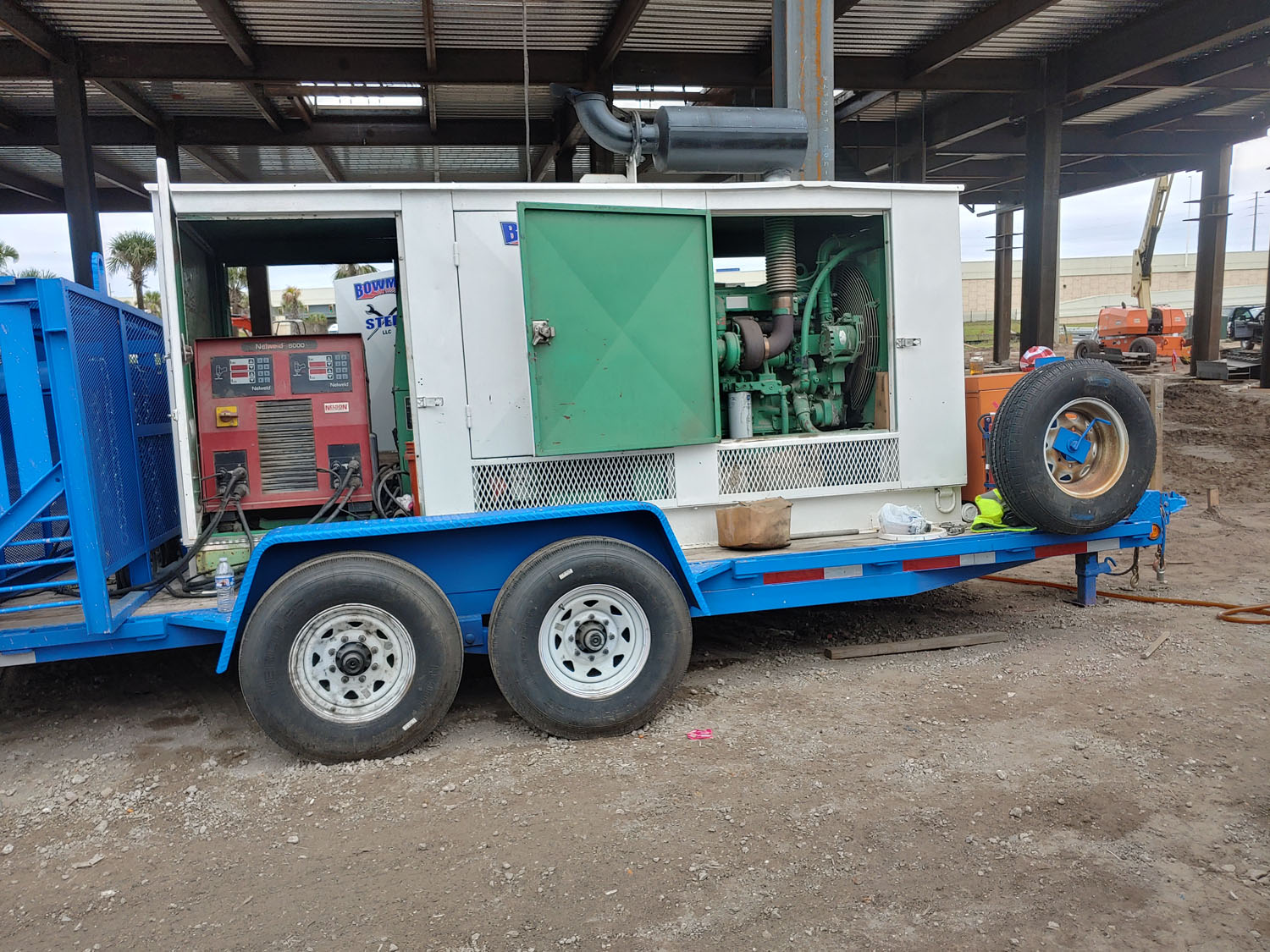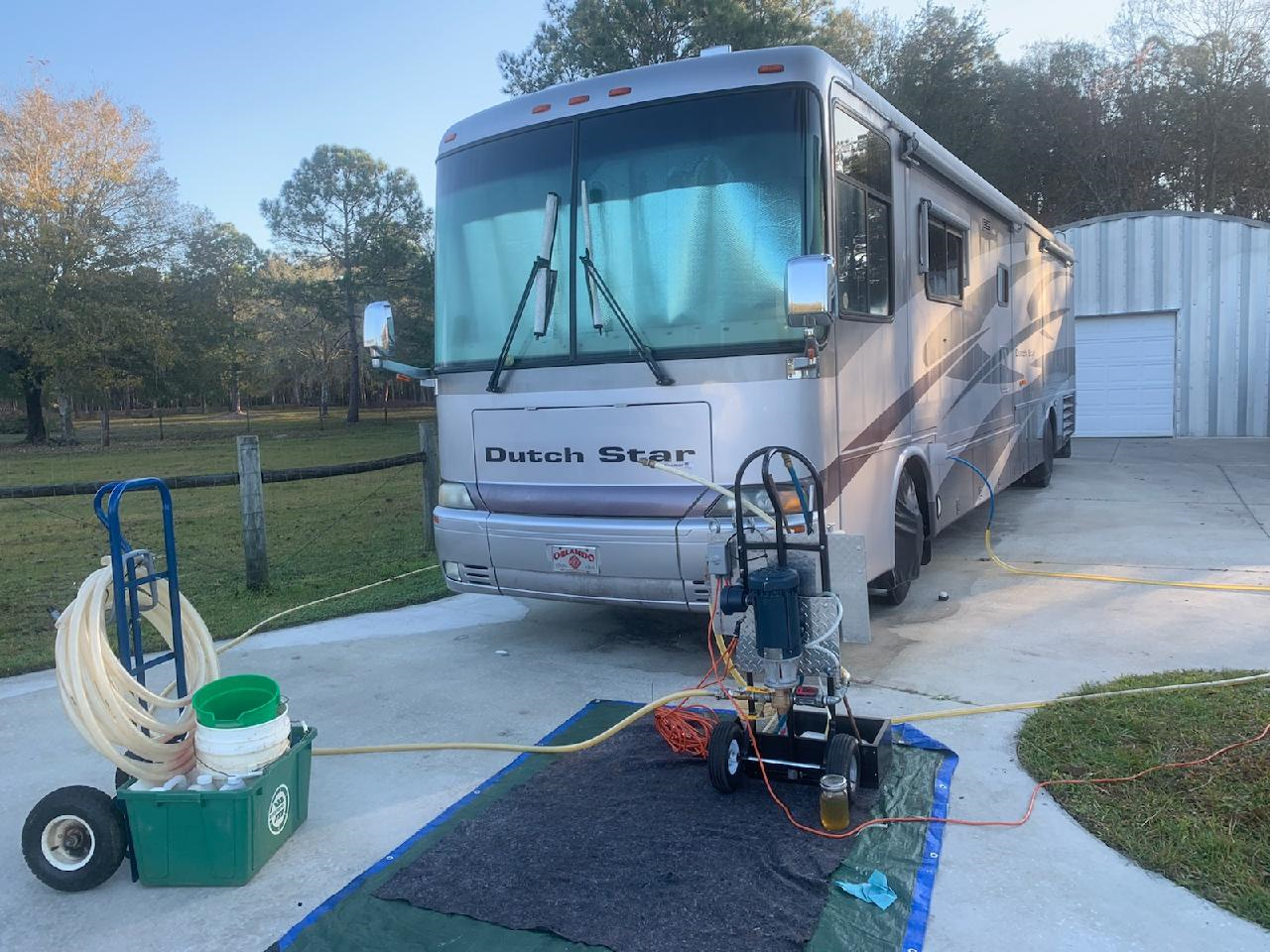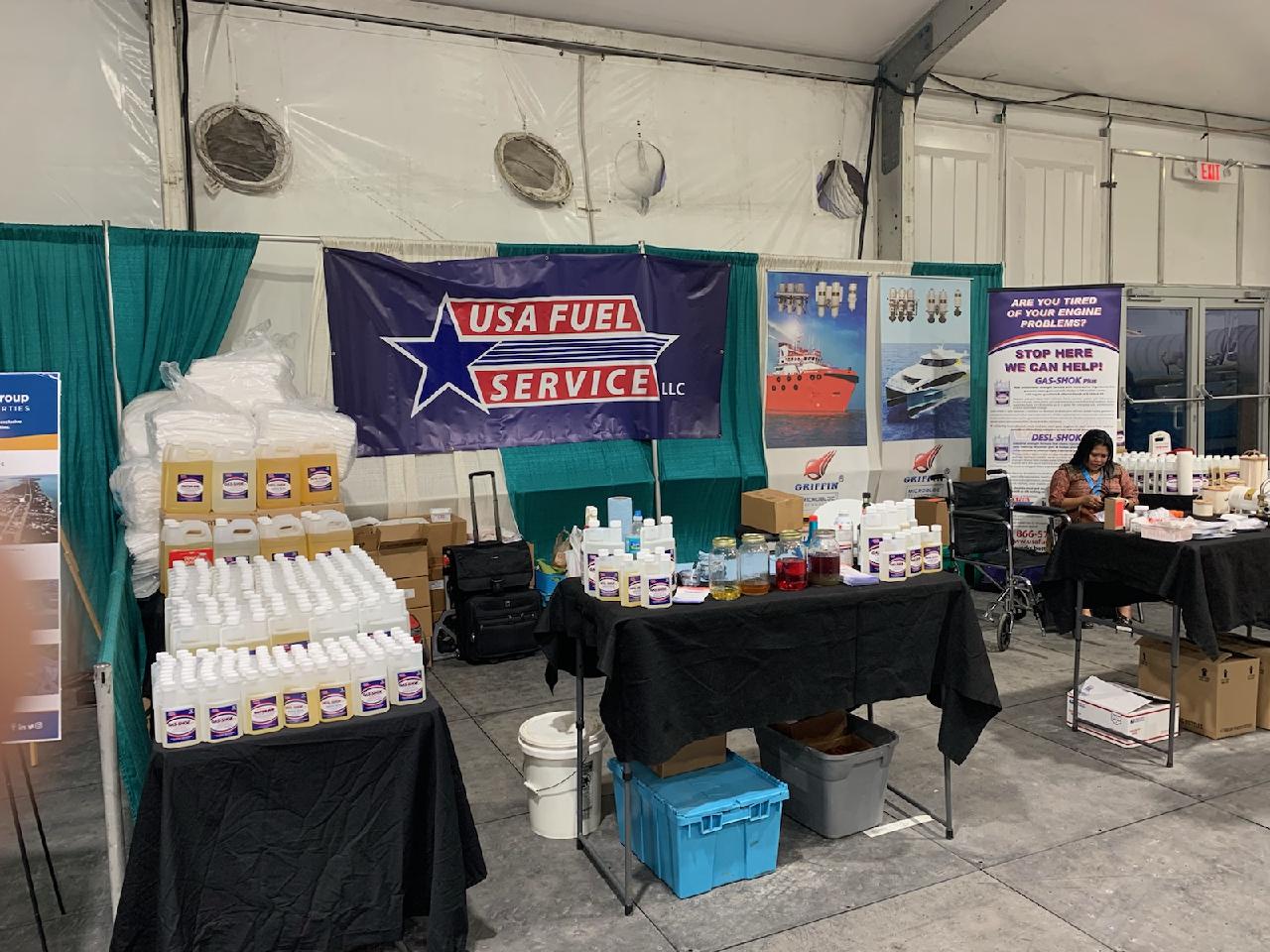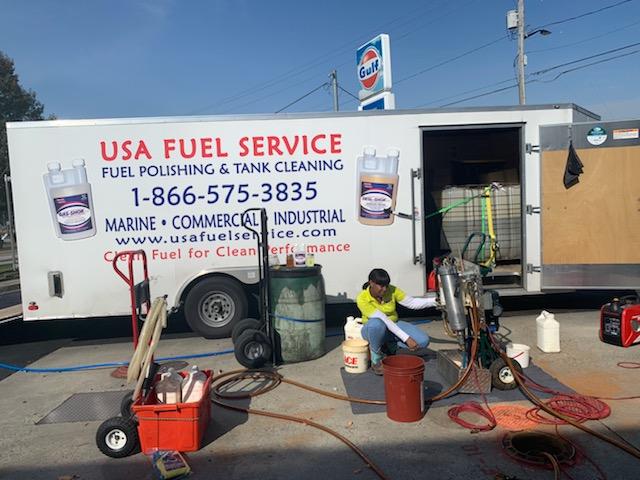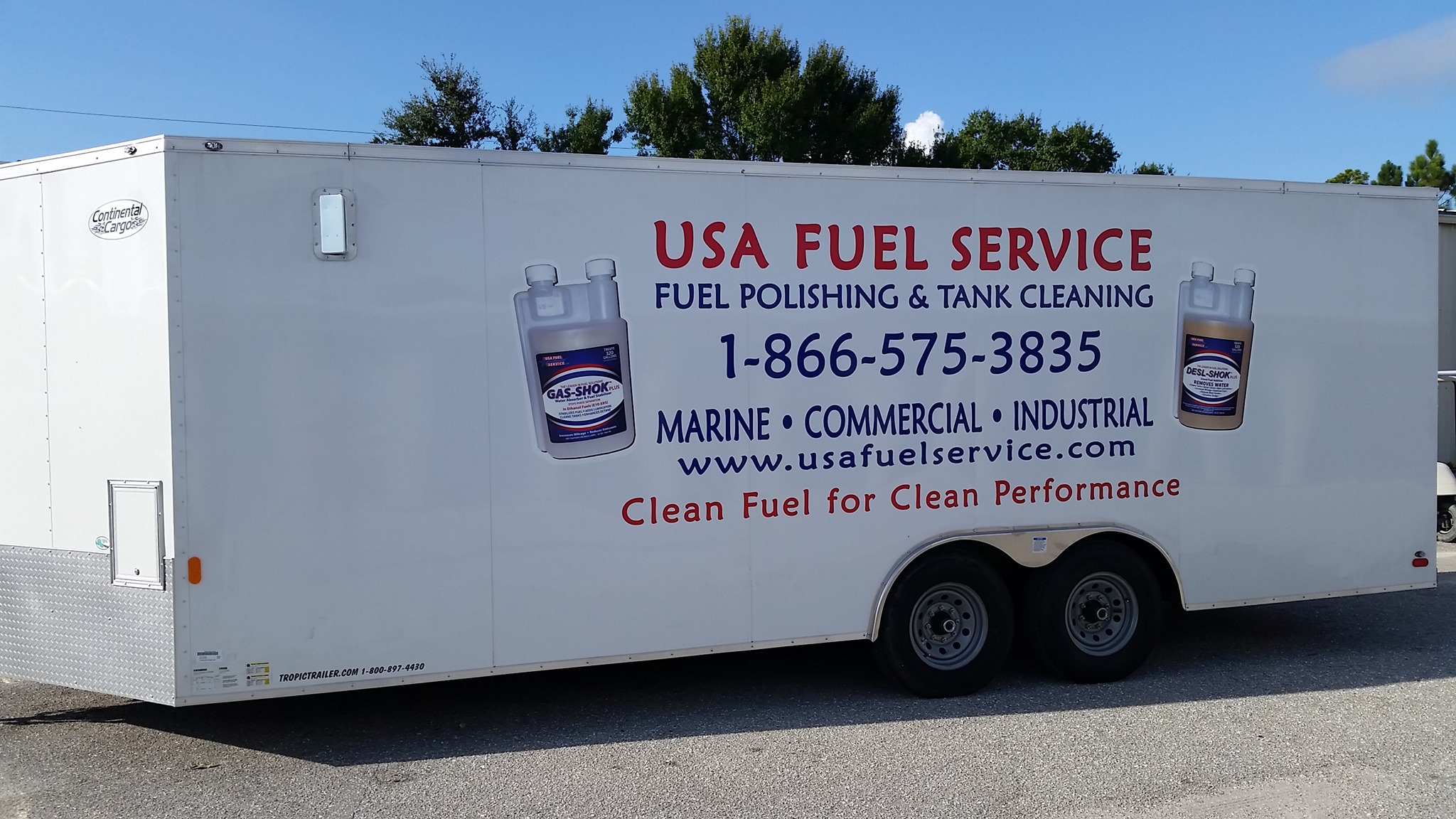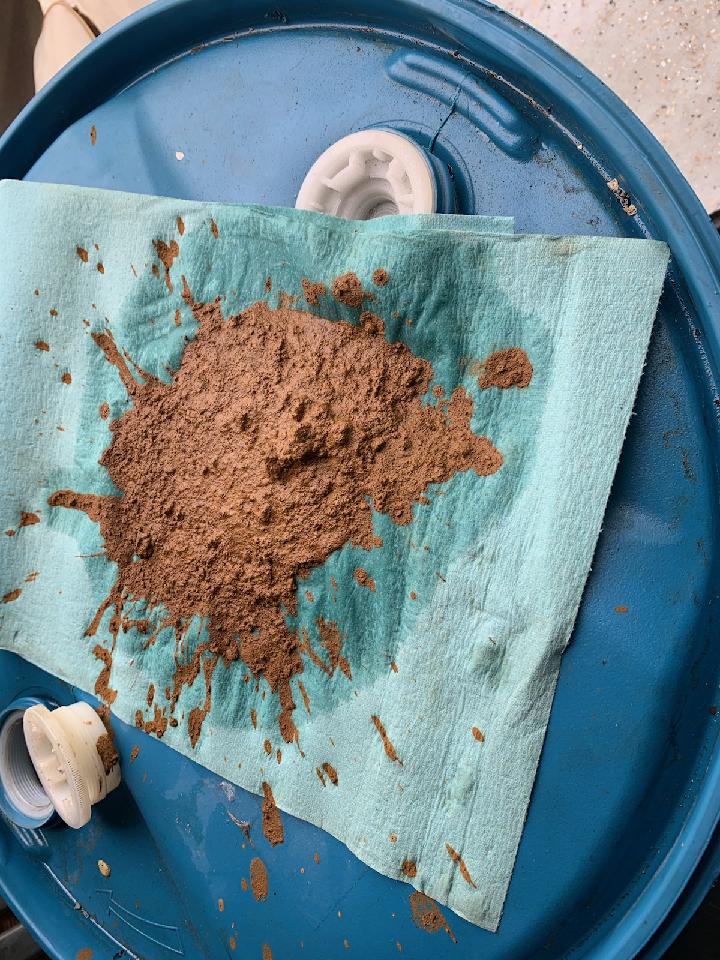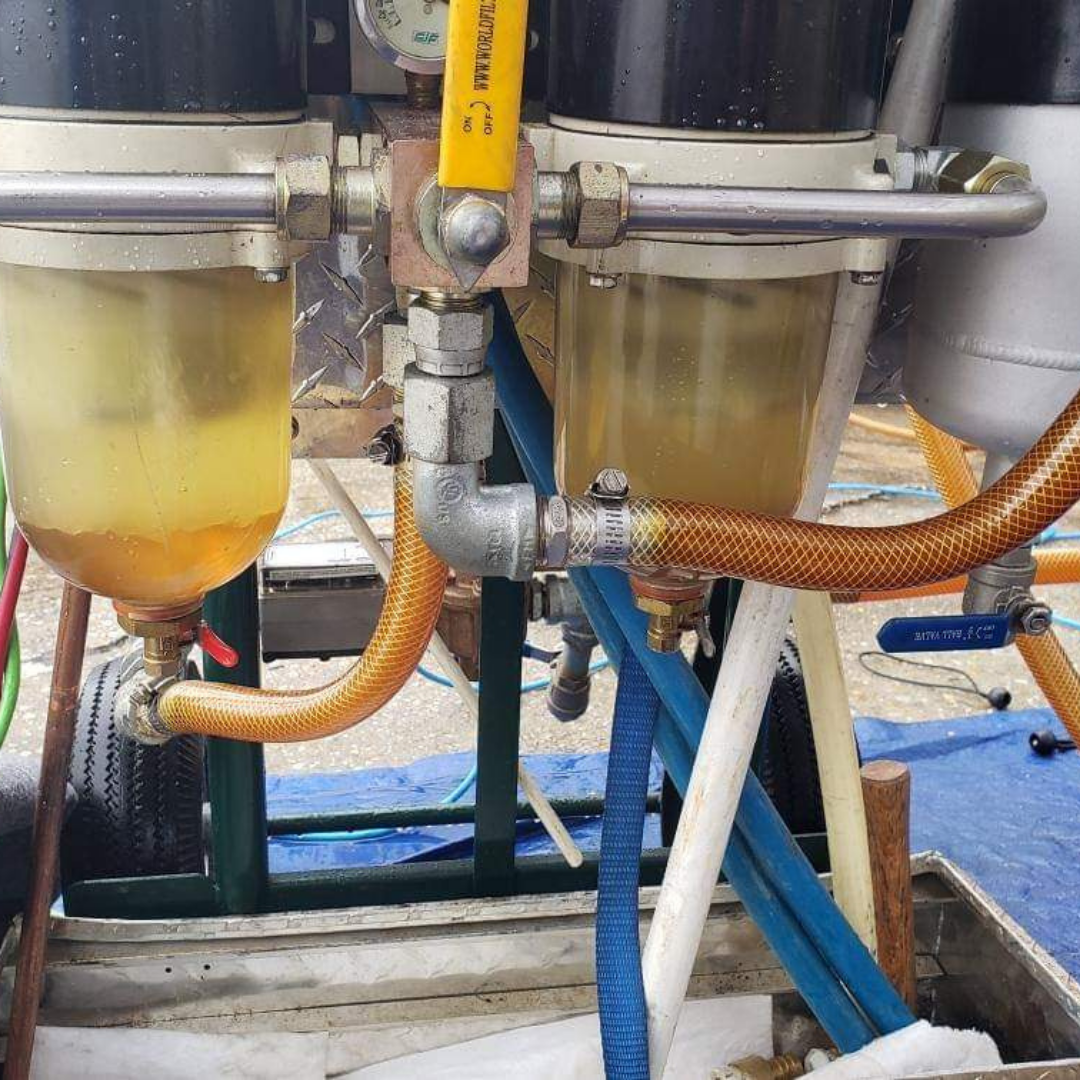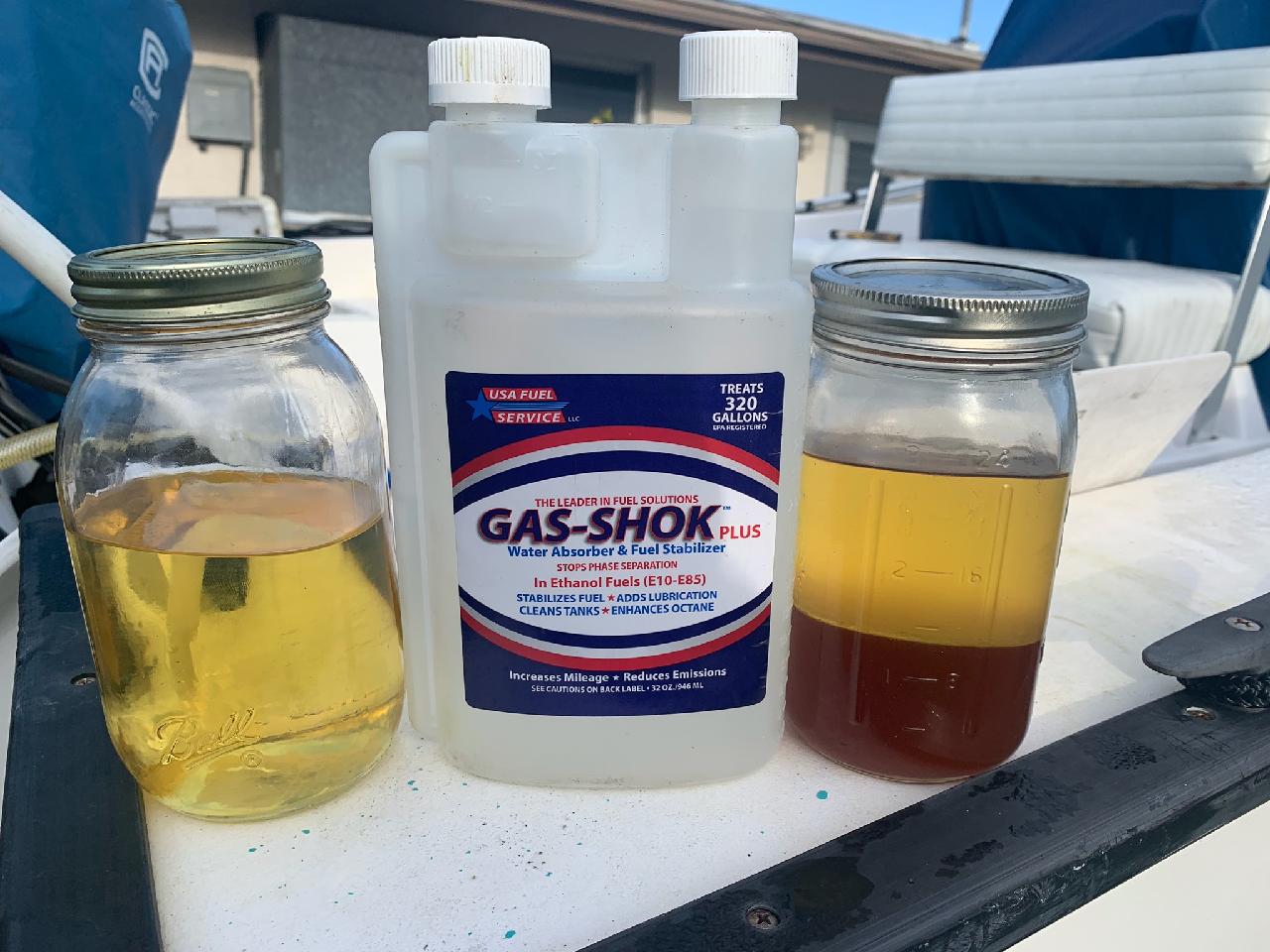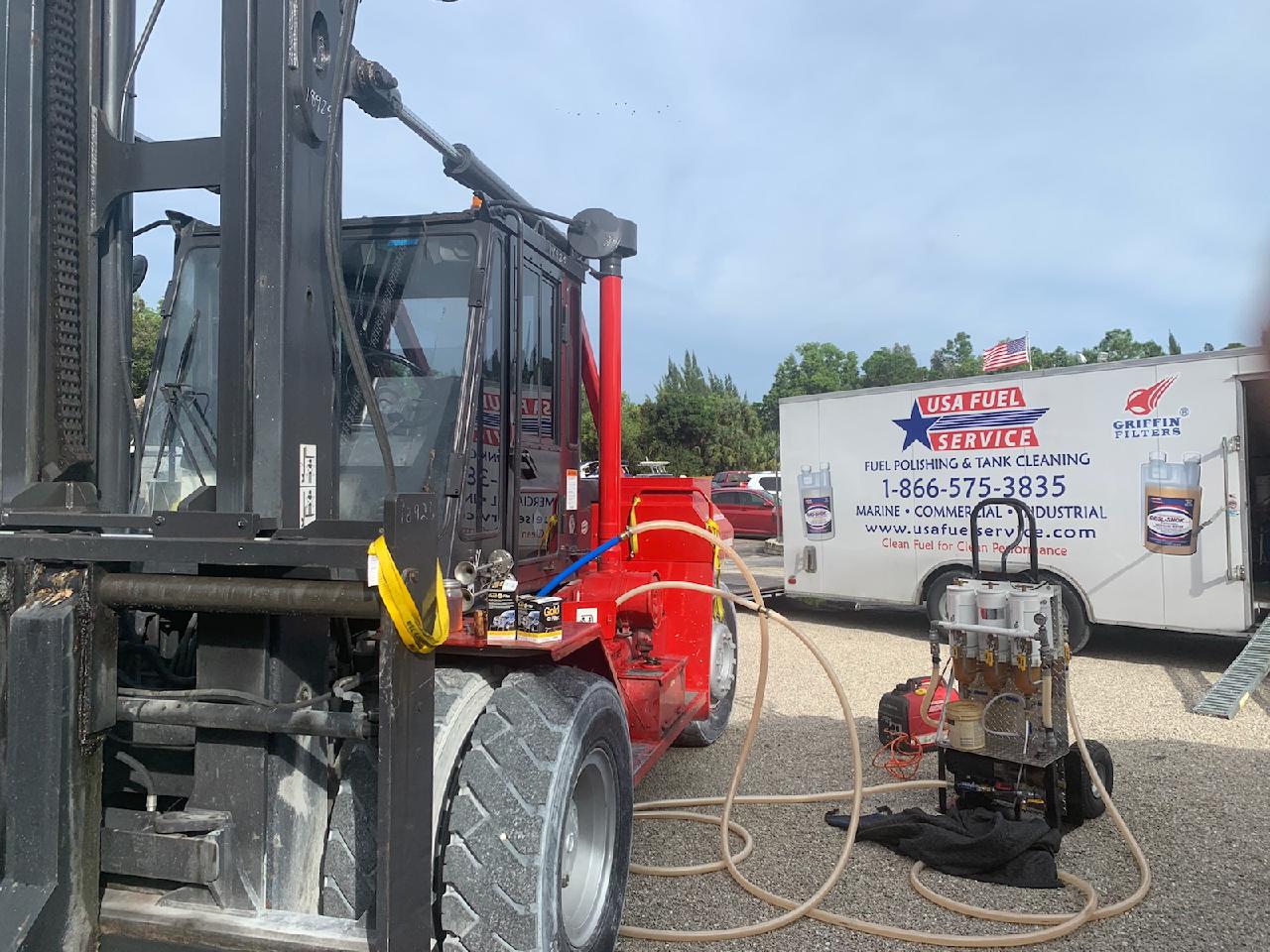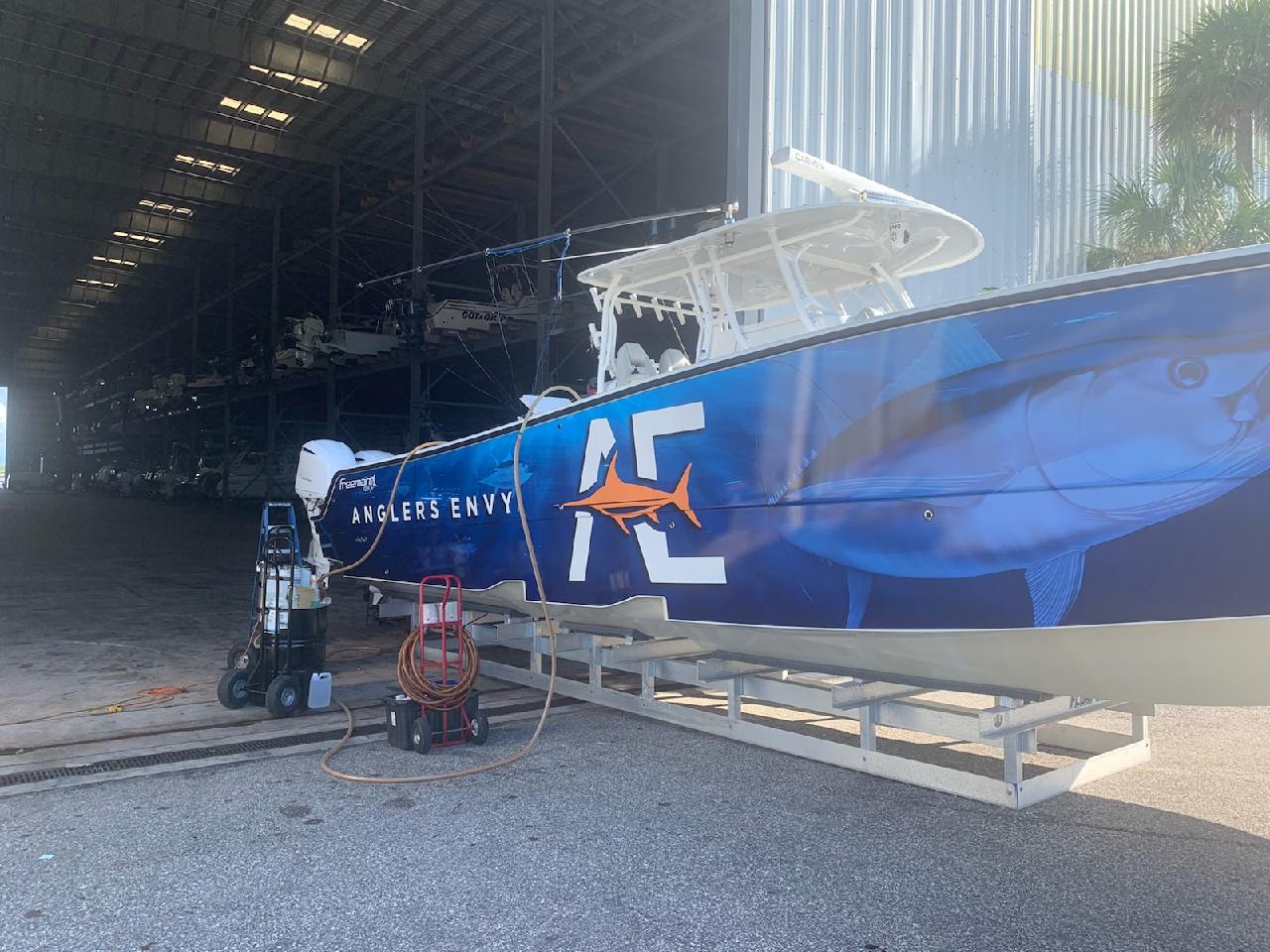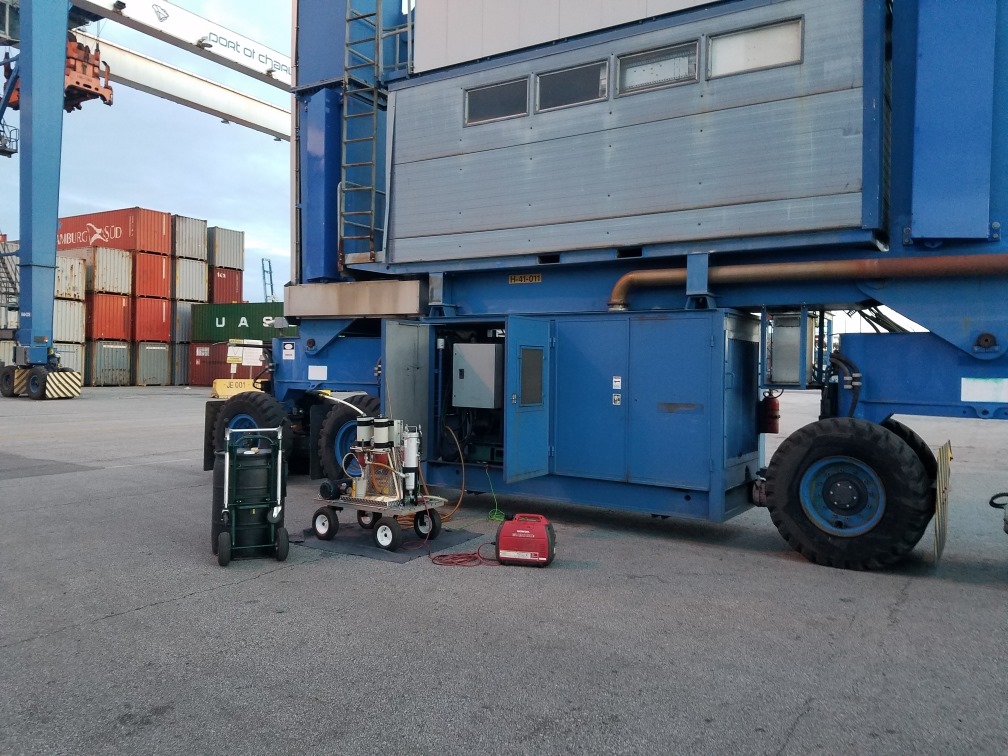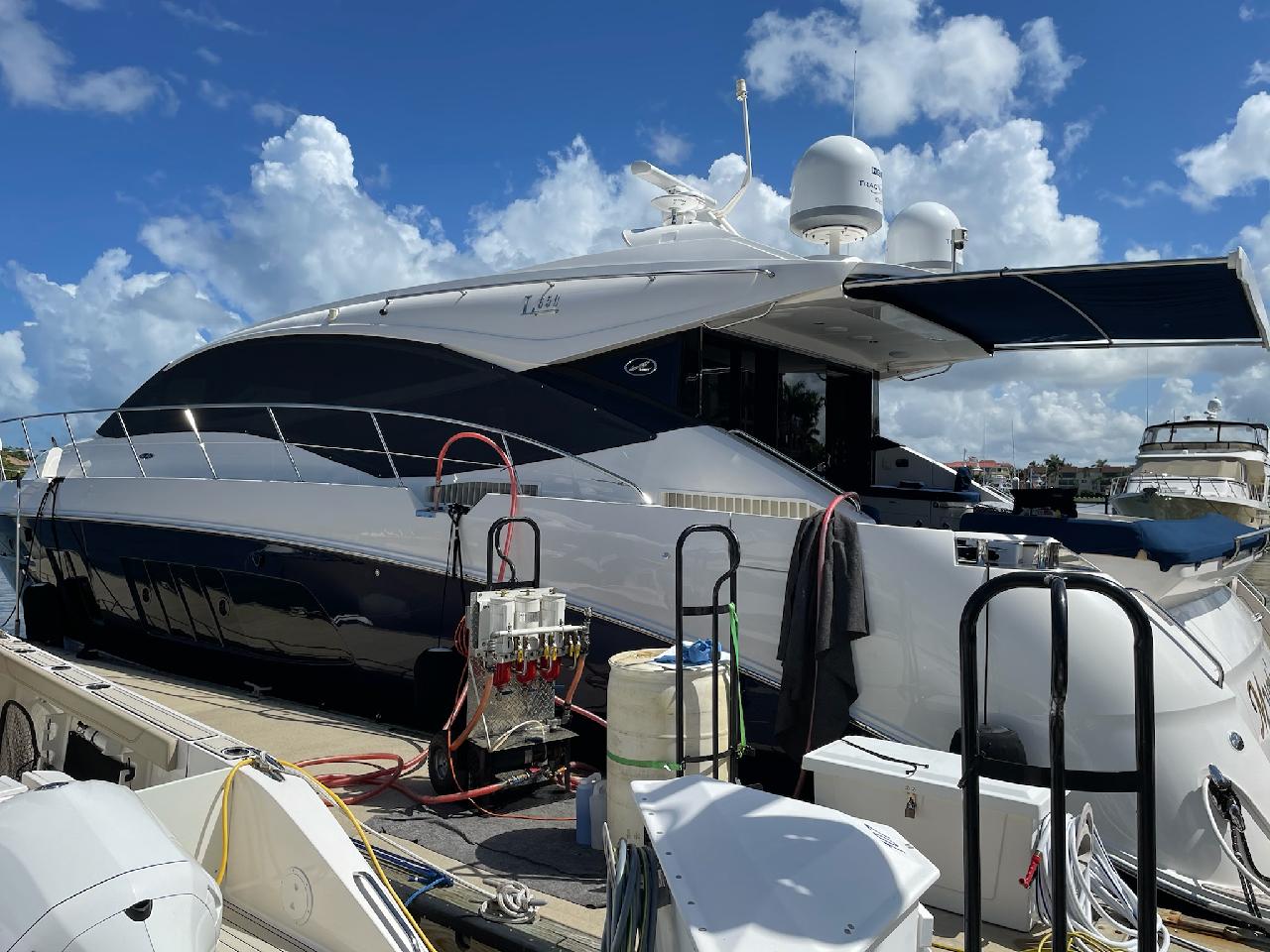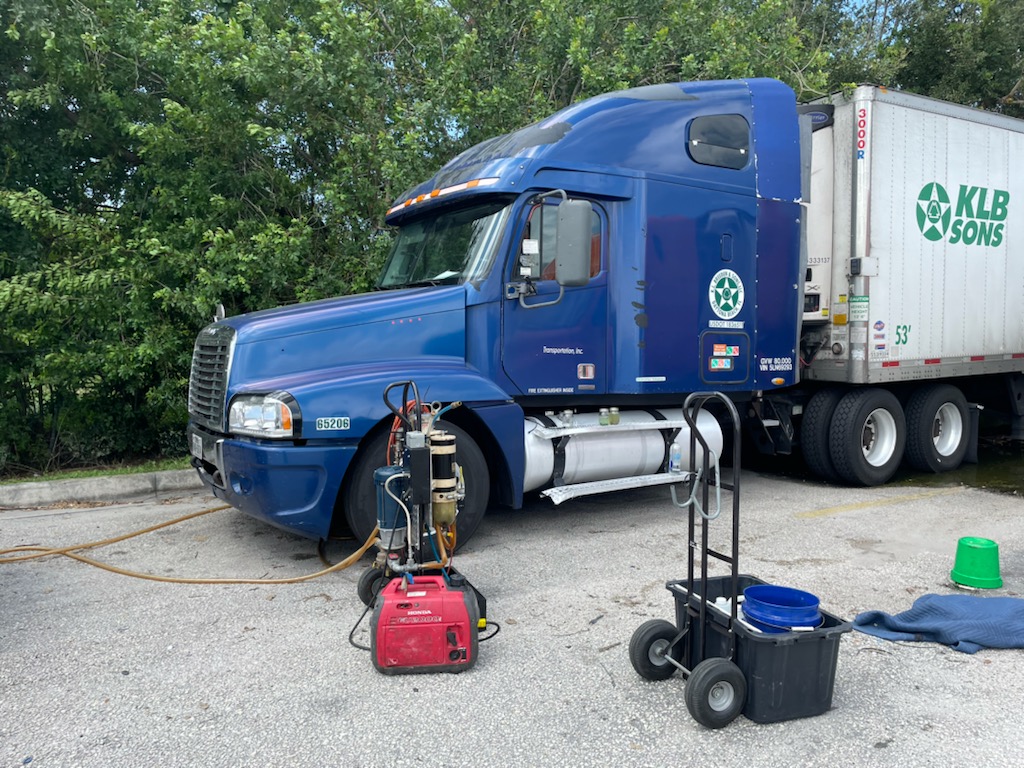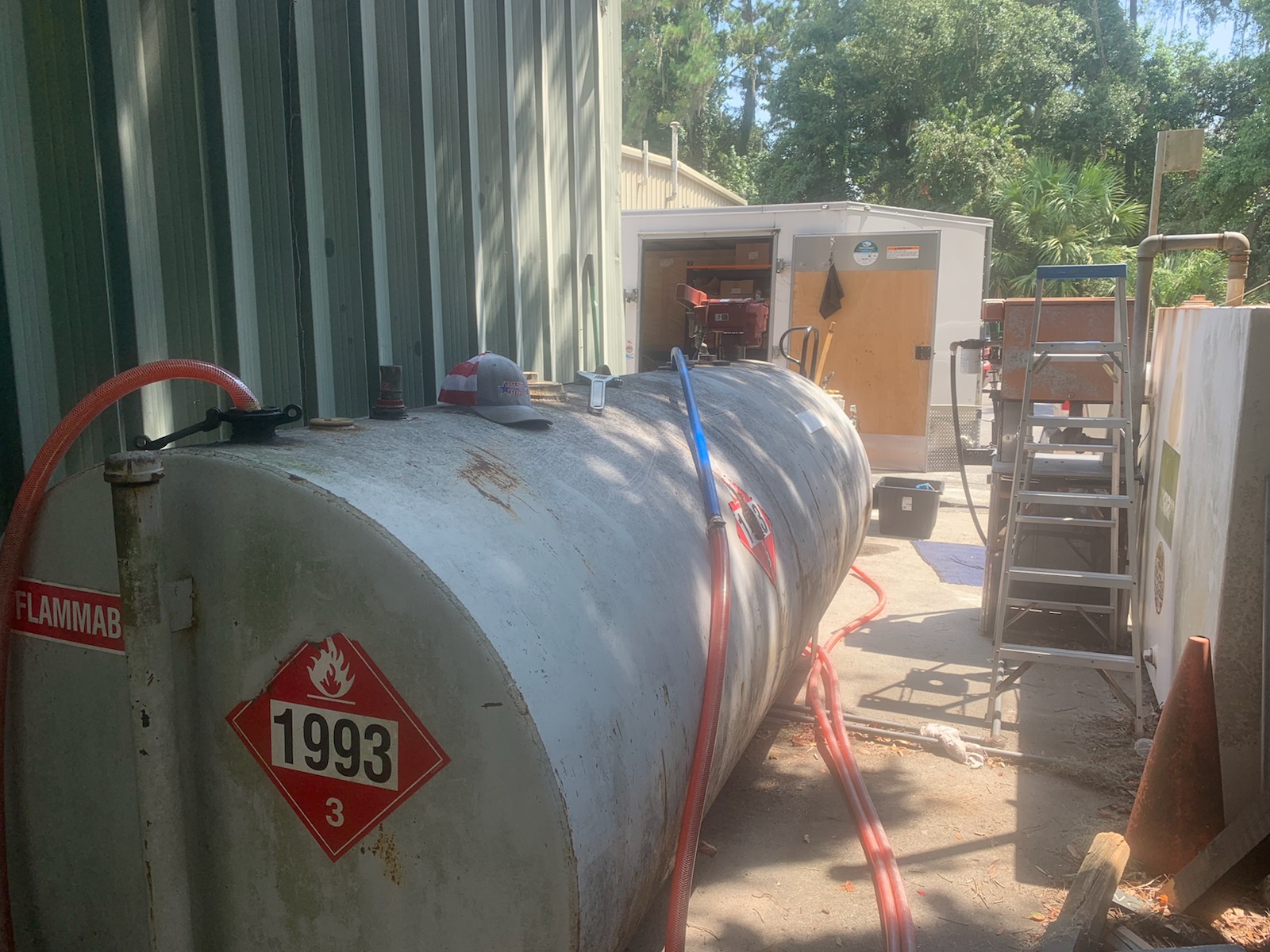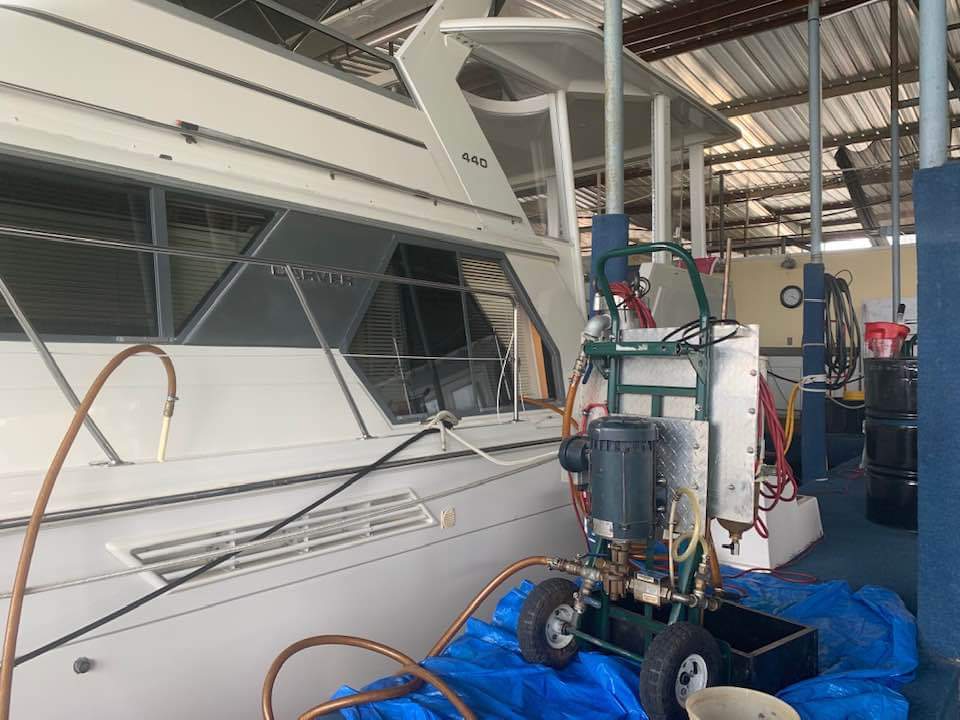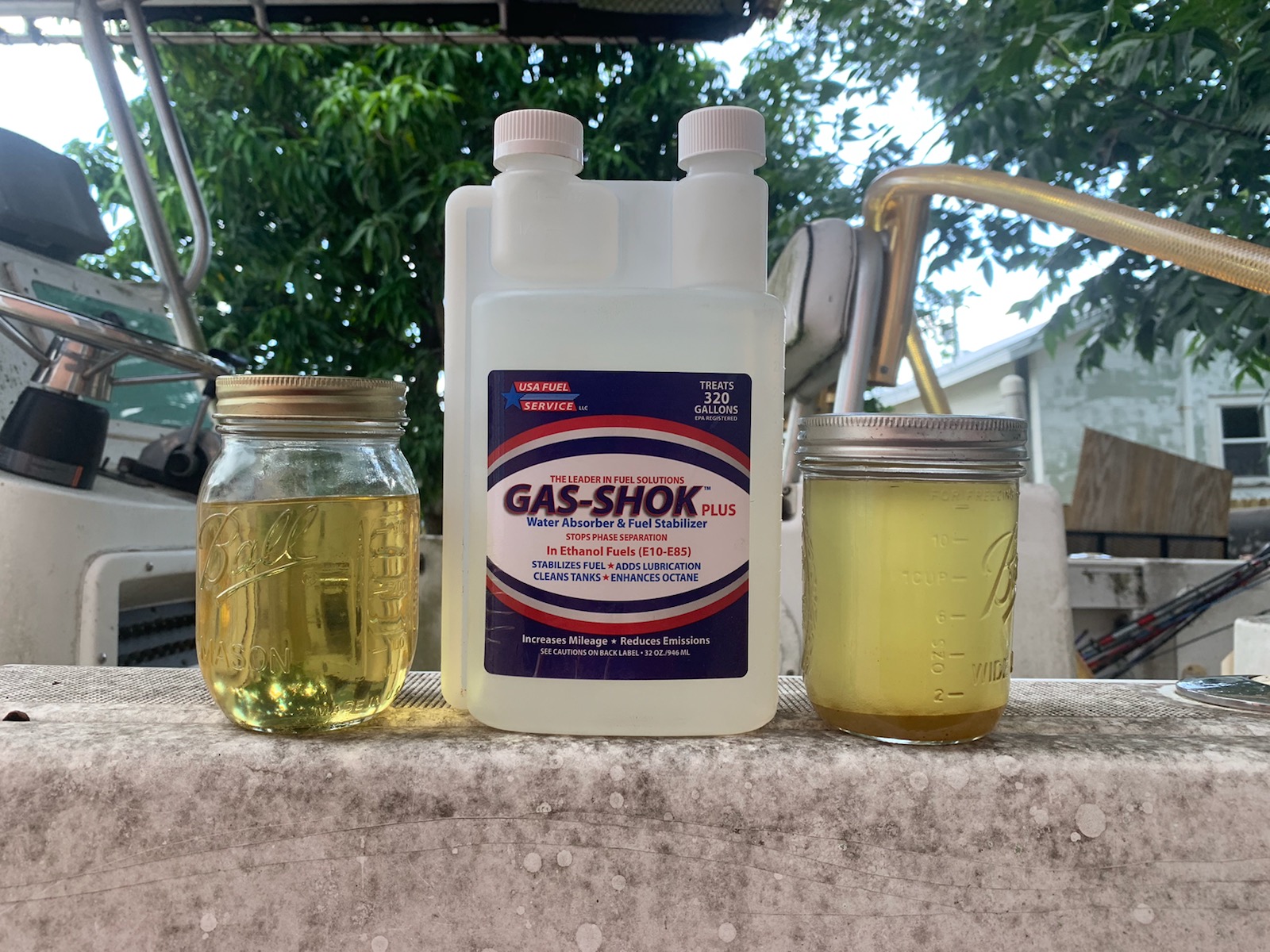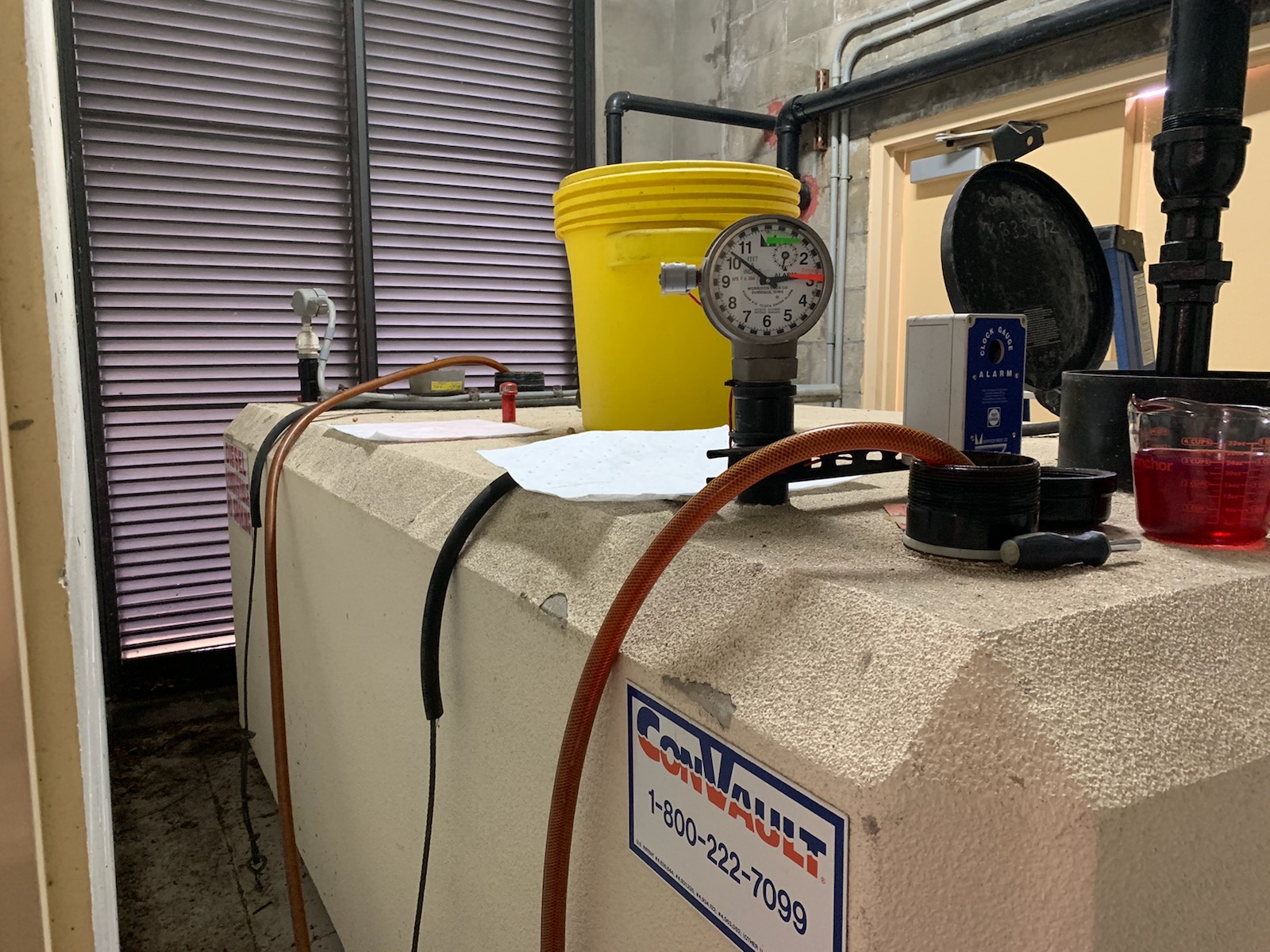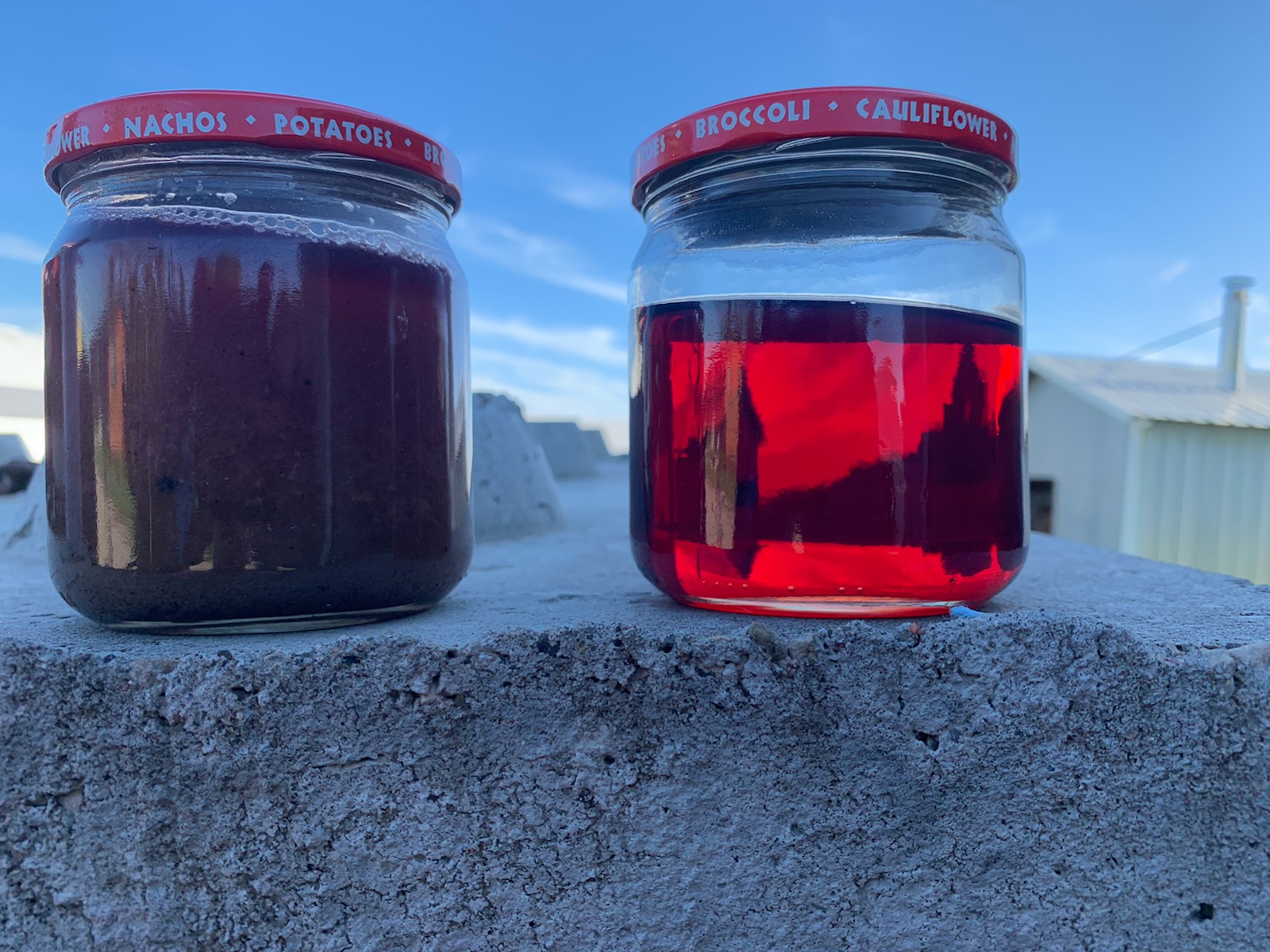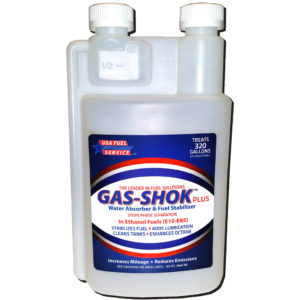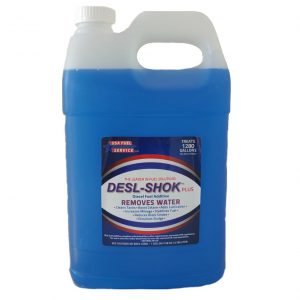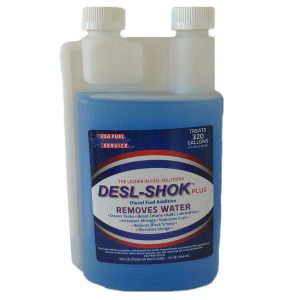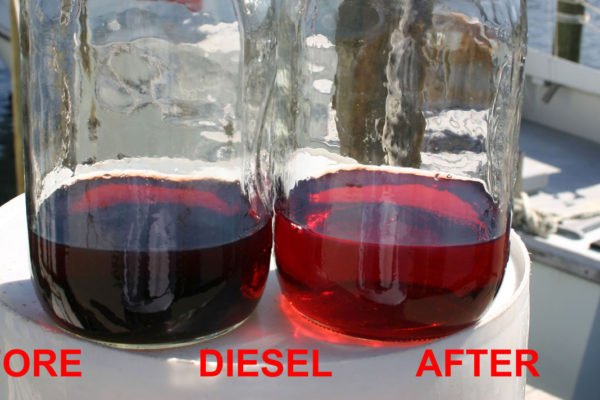 Most diesel fuel sold to the public today is actually a blend that contains up to 10-20% bio-diesel. Our government allows suppliers to blend up to 9% without even posting it on the pump or telling the consumer. Vendors make a few cents more per gallon by adding/blending bio-diesel with regular diesel.
Most diesel fuel sold to the public today is actually a blend that contains up to 10-20% bio-diesel. Our government allows suppliers to blend up to 9% without even posting it on the pump or telling the consumer. Vendors make a few cents more per gallon by adding/blending bio-diesel with regular diesel.
However, there is a downside for the consumer; methanol/alcohol is usually included in the process of producing bio-diesel. Therefore the diesel you are purchasing most likely contains a small amount of alcohol which leads to problems similar to that of blended E10-E85 gasoline. Blended diesel accumulates more water in the tank, has a shorter storage life, less lubrication, gels faster in cold weather and promotes more microbial growth in tanks than non-blended diesel. Further, blended diesel usually gets less MPG than non-blended diesel.
If you have a large amount of stored diesel fuel in a boat, RV, generator or tank and you are not using a premium additive you are likely going to have a fuel stability problem beginning in as little as 90-days that will progress over time.
You should check your filters for solids and water at least every six months and replace all filters no less than annually. If you see black solids that look like coffee grinds, black or brownish/tan fluffy solids similar to snowflakes or tan and/or cream colored slime you have a serious problem in the tank. At that point you should call a professional tank cleaning/fuel polishing company for help. Those problems can lead to premature engine wear and sometimes serious engine damage.
For more information on how to prevent those problems see our products page. If you already have problems we can help, see our services section.
© All rights reserved, www.usafuelservice.com

